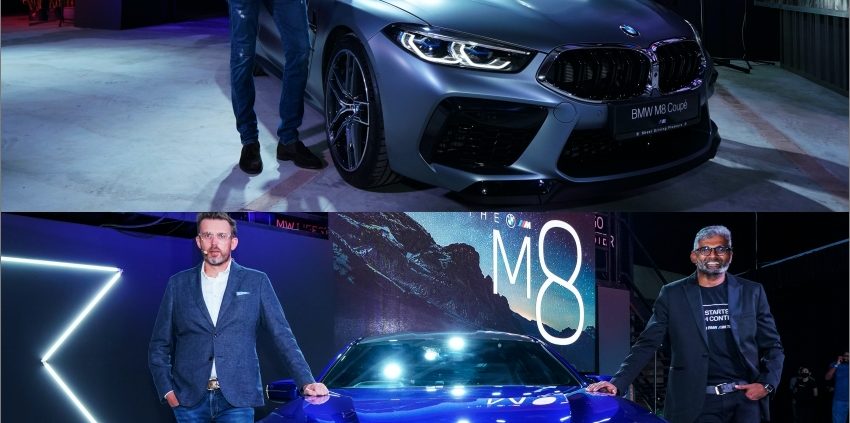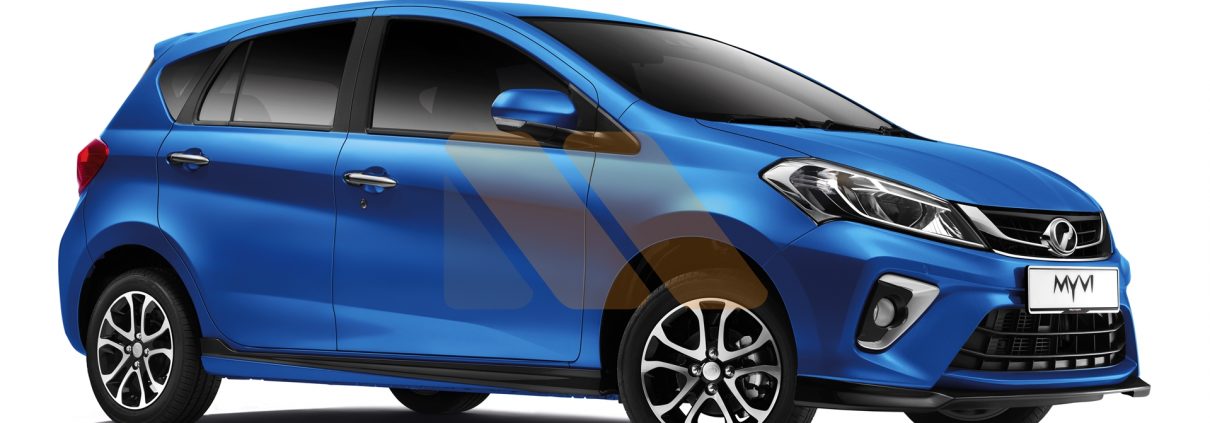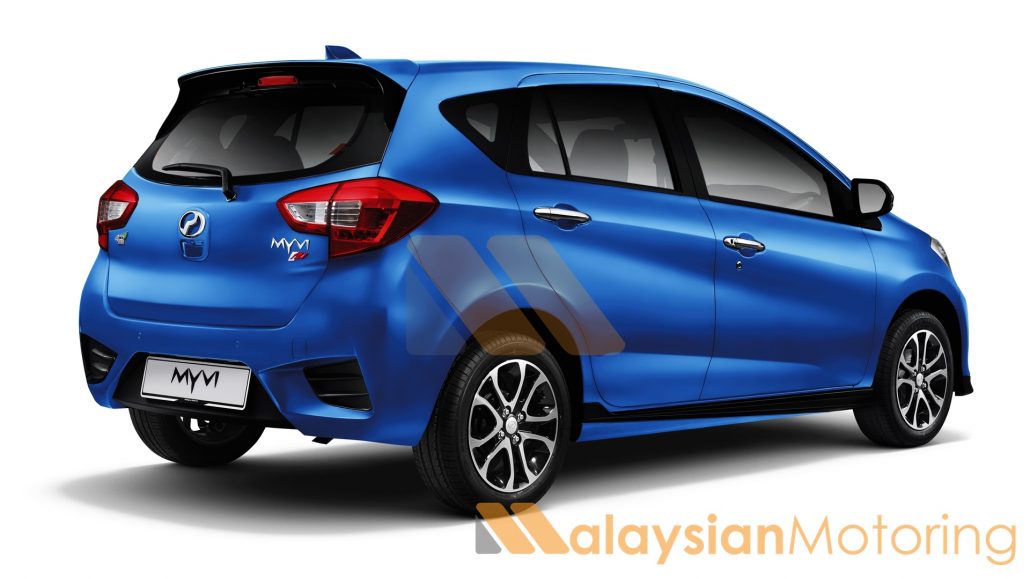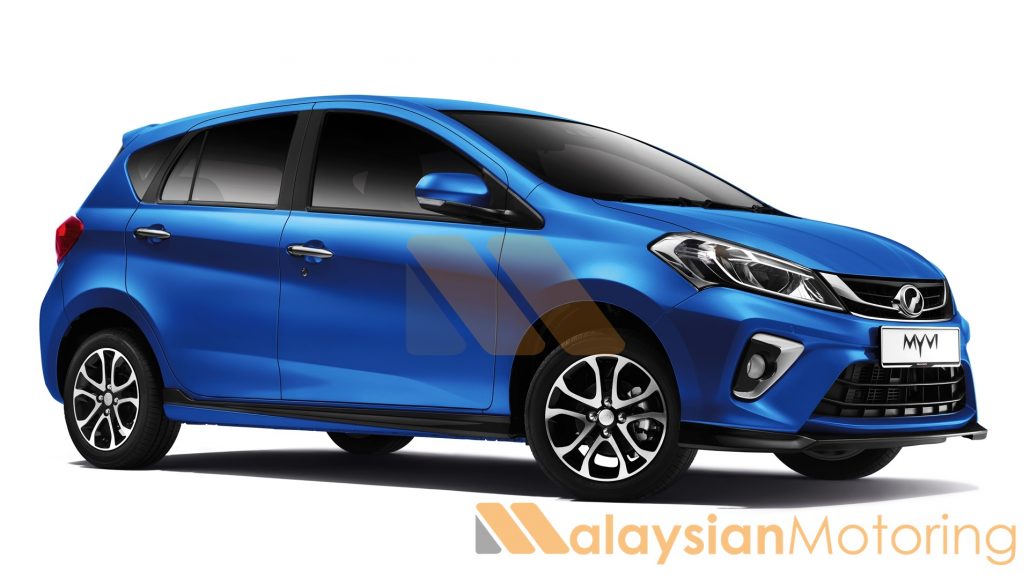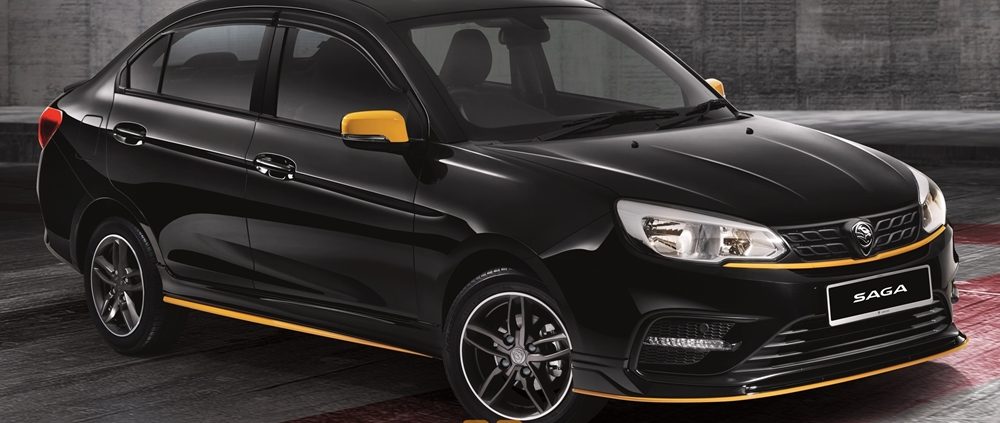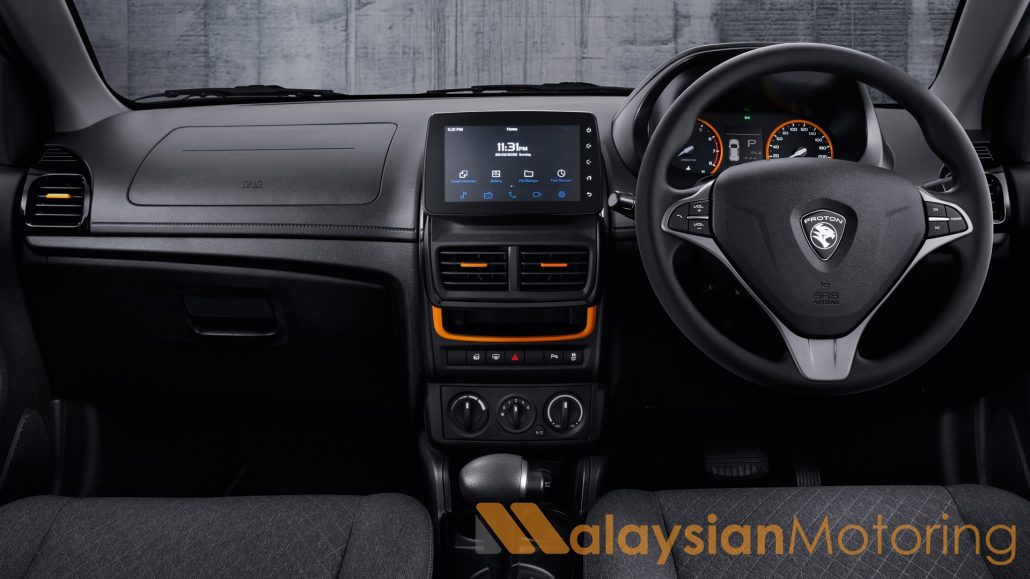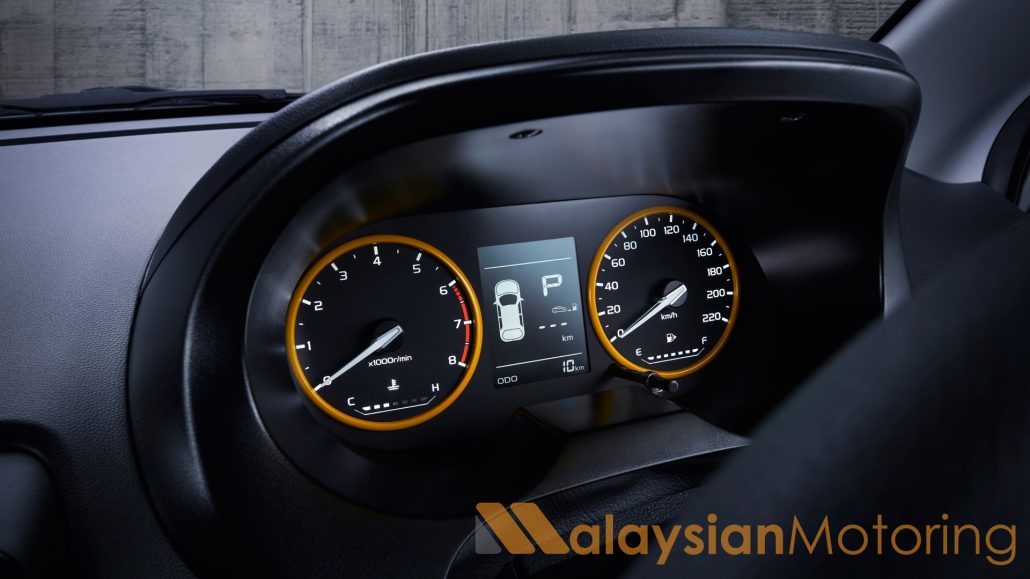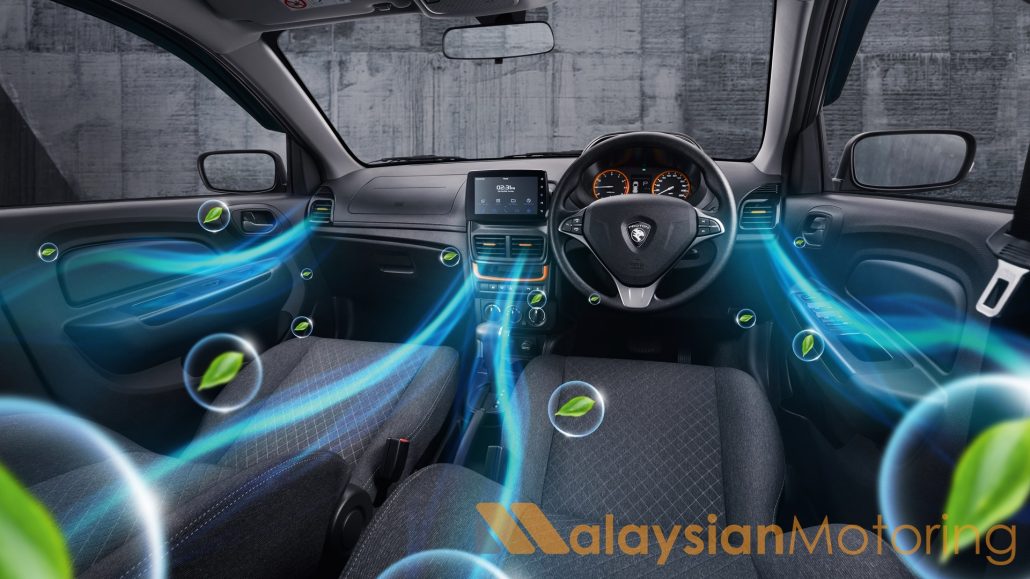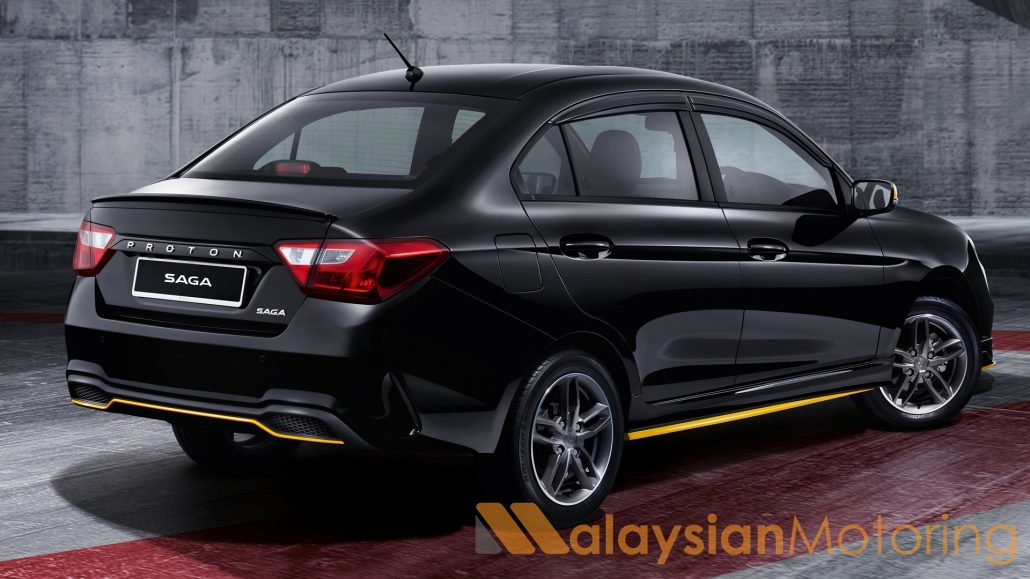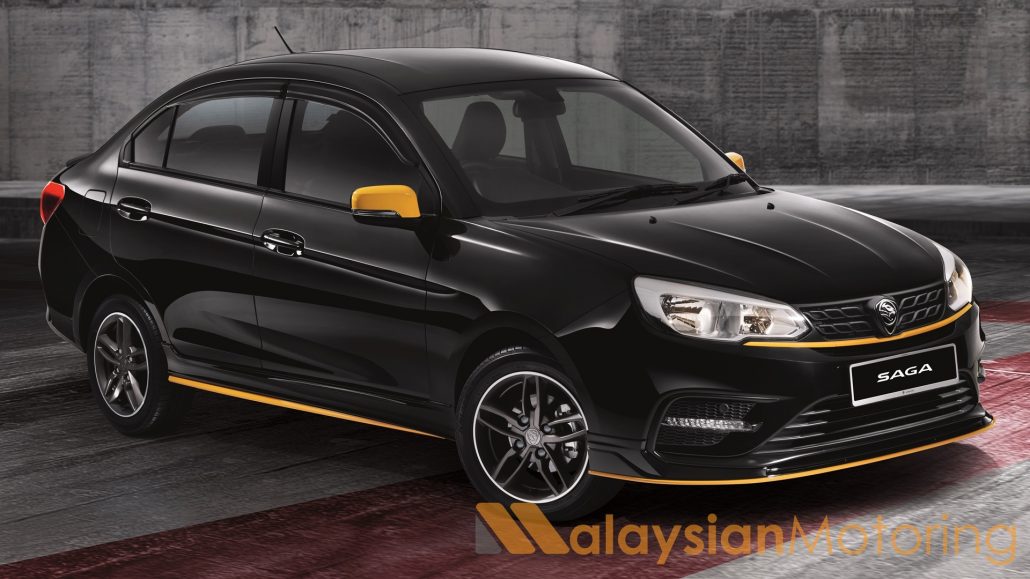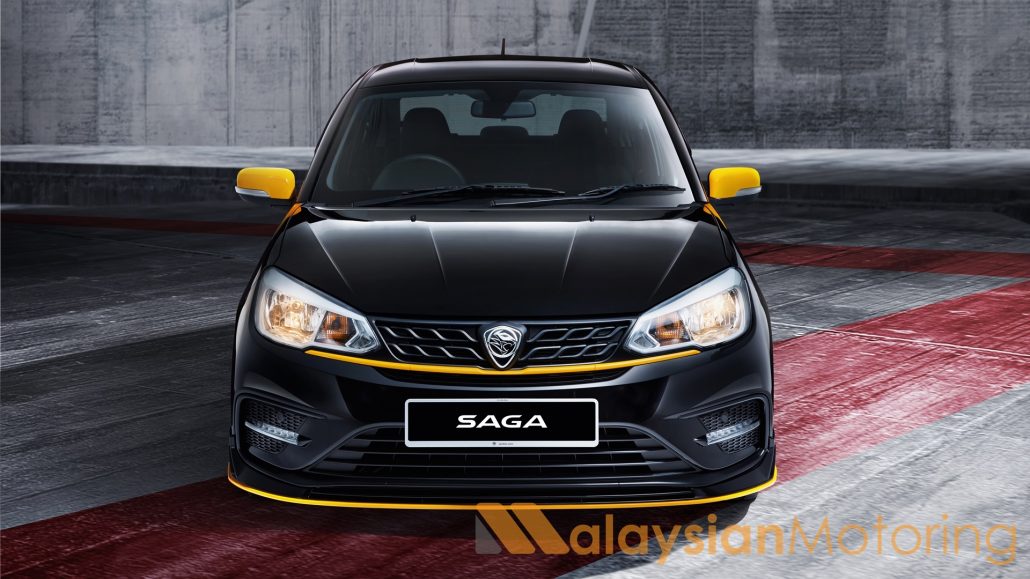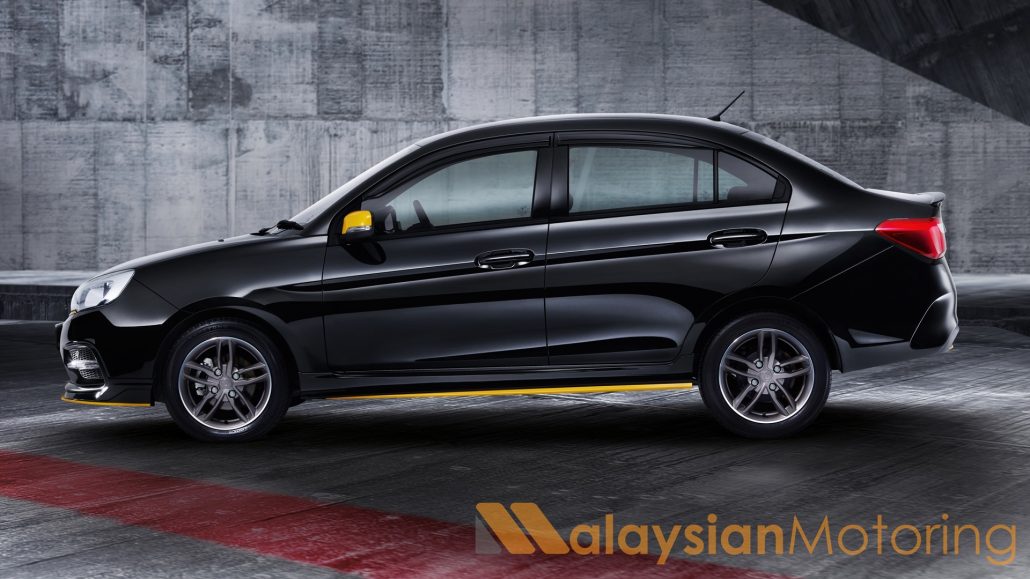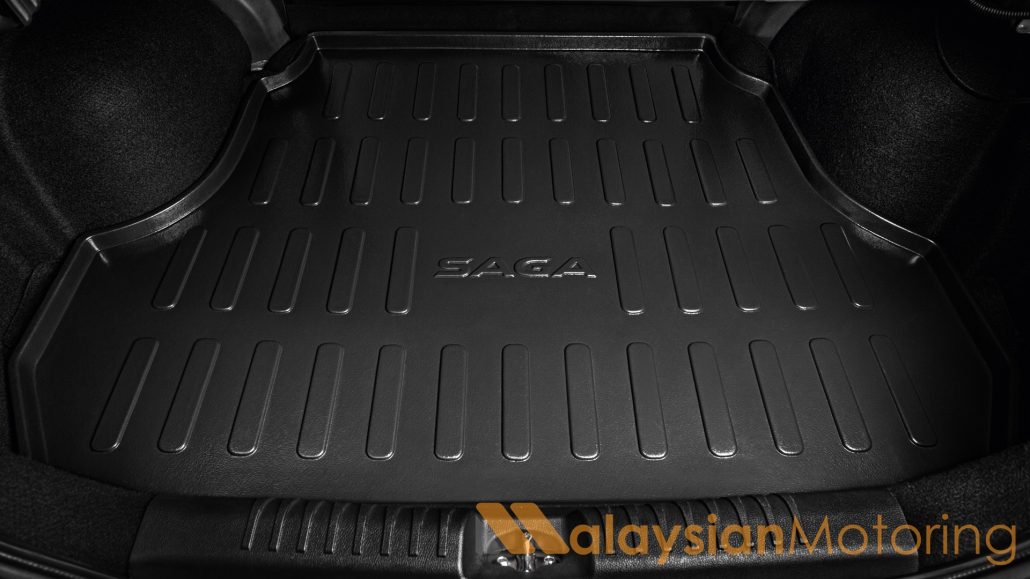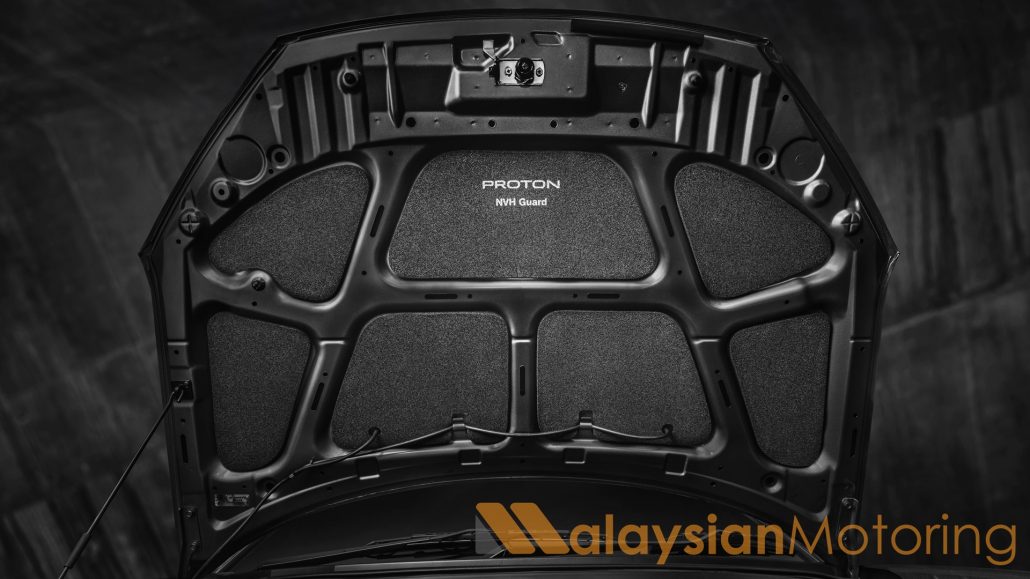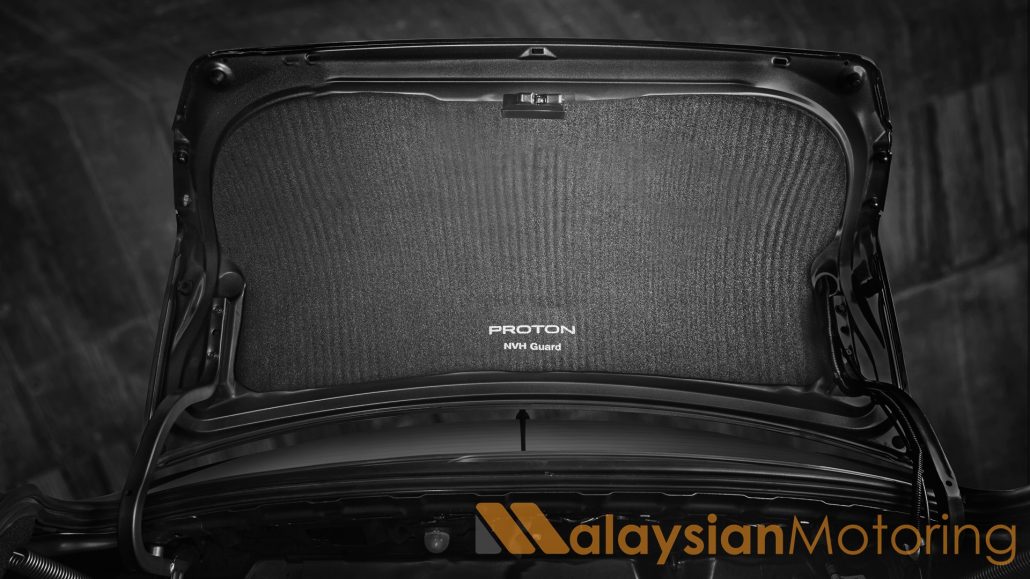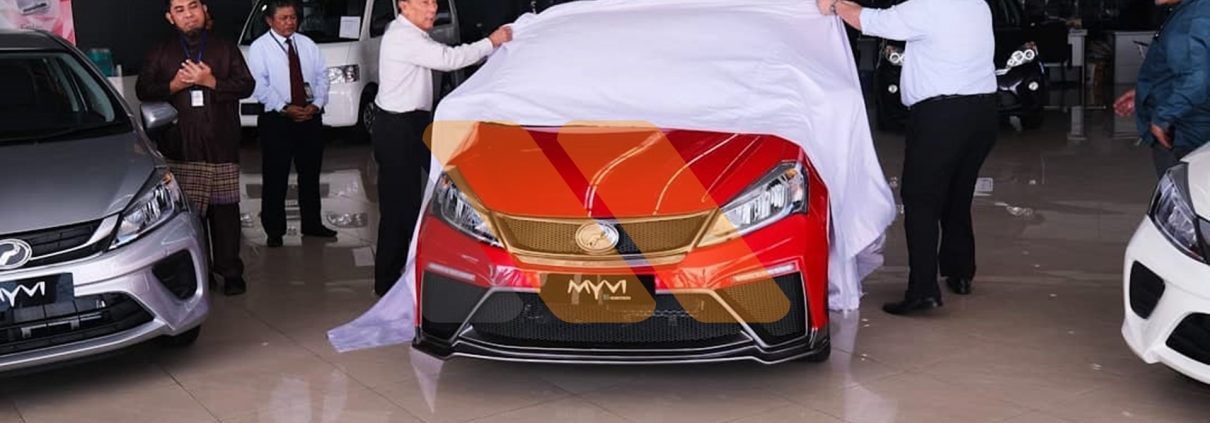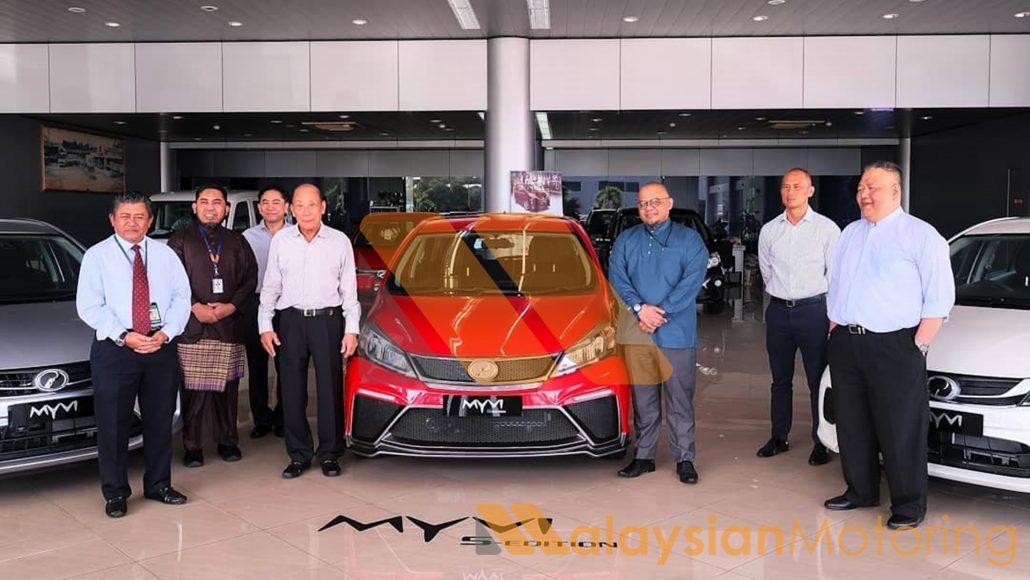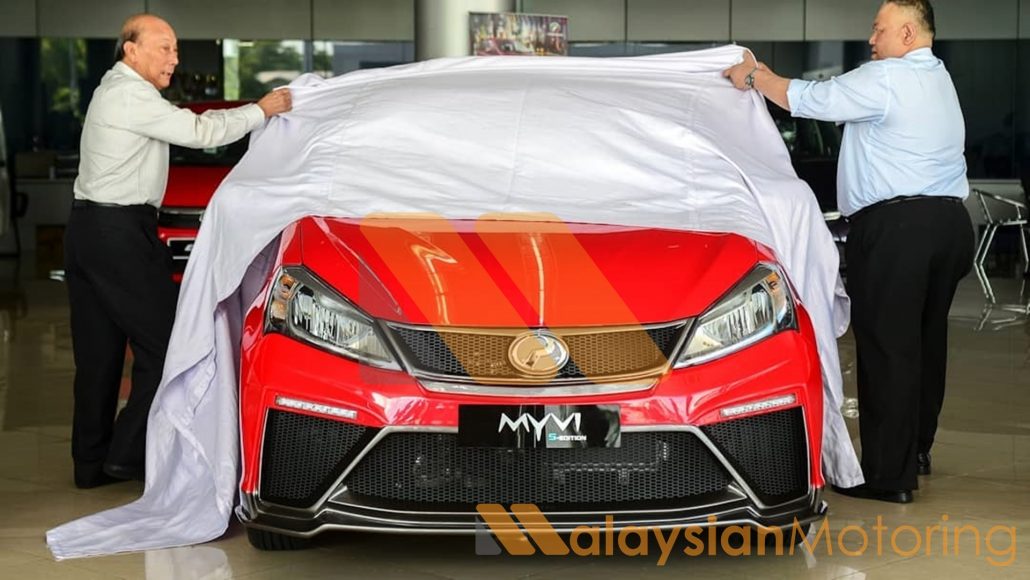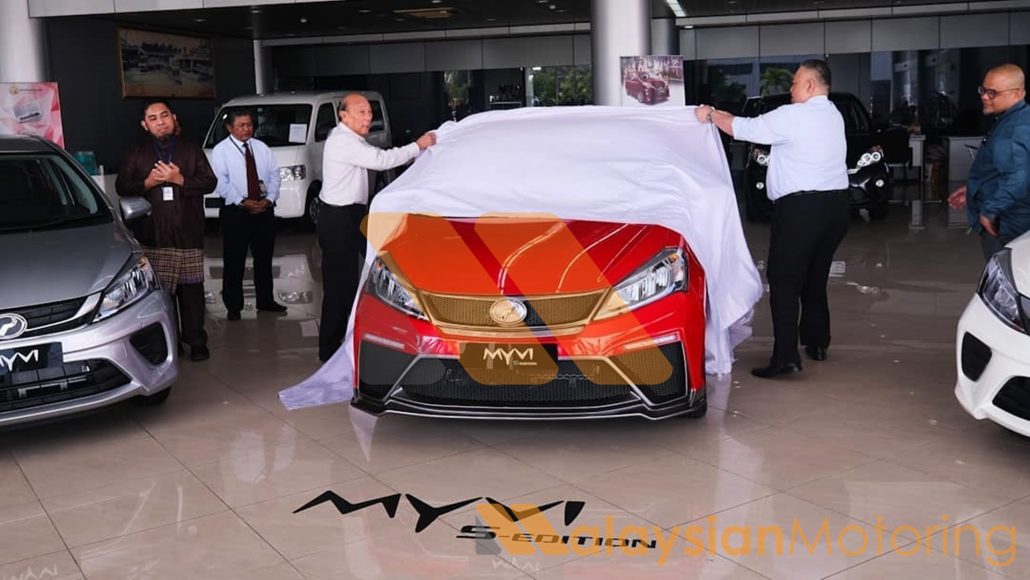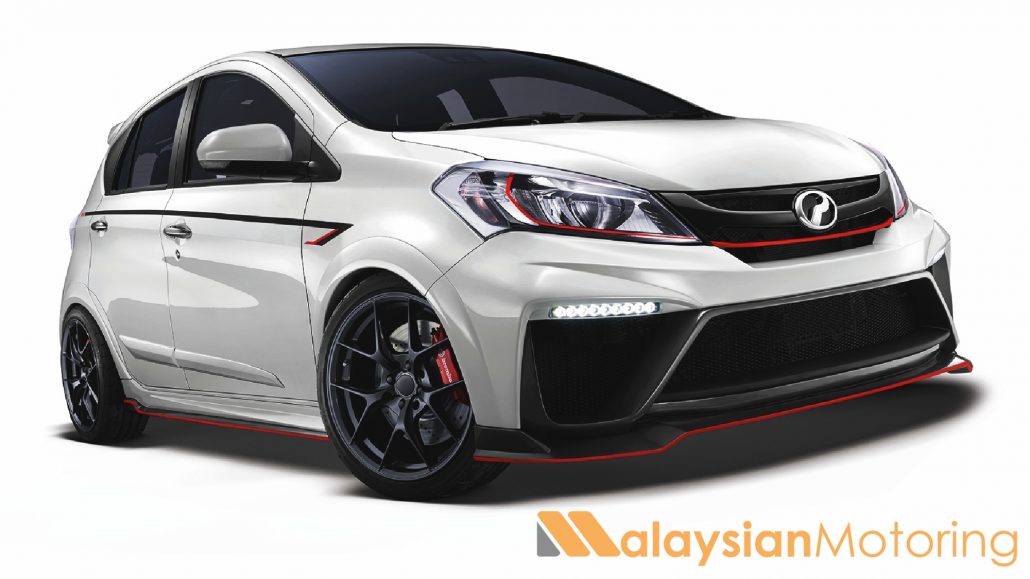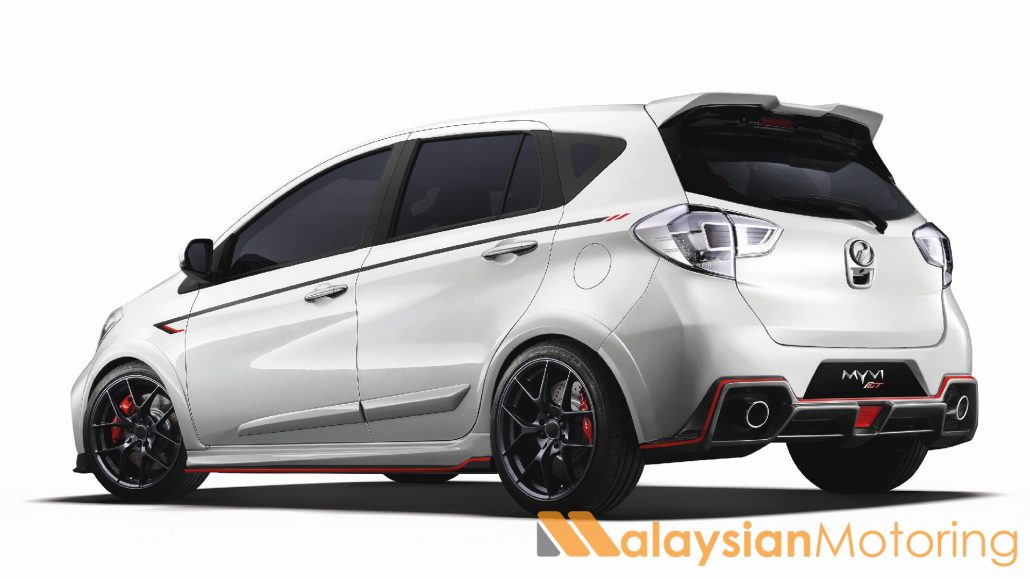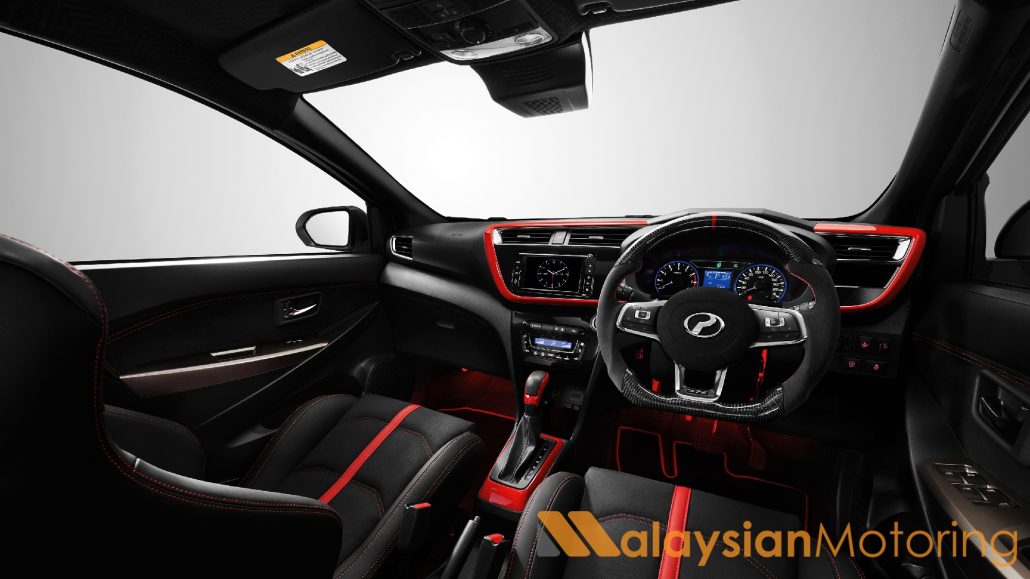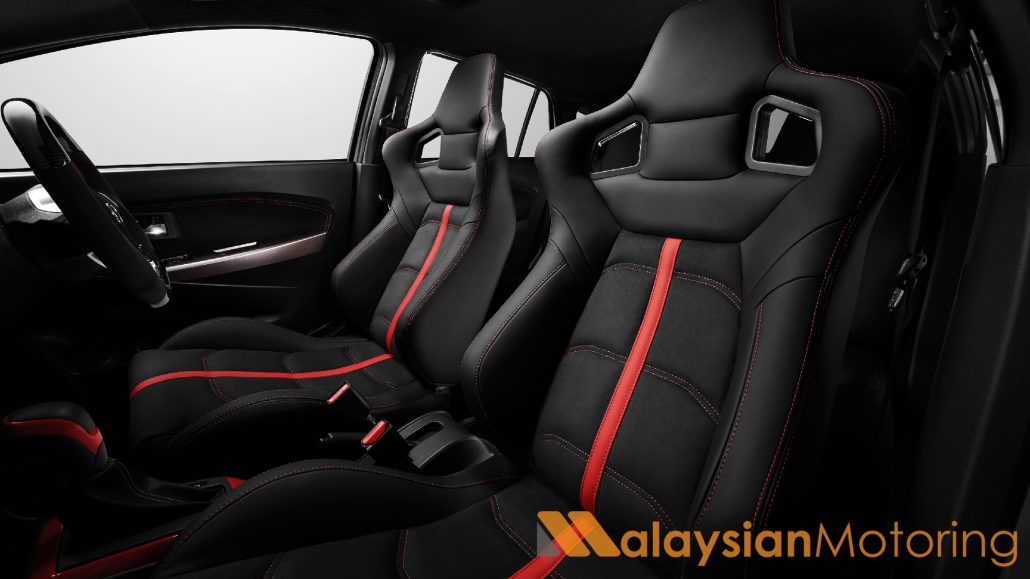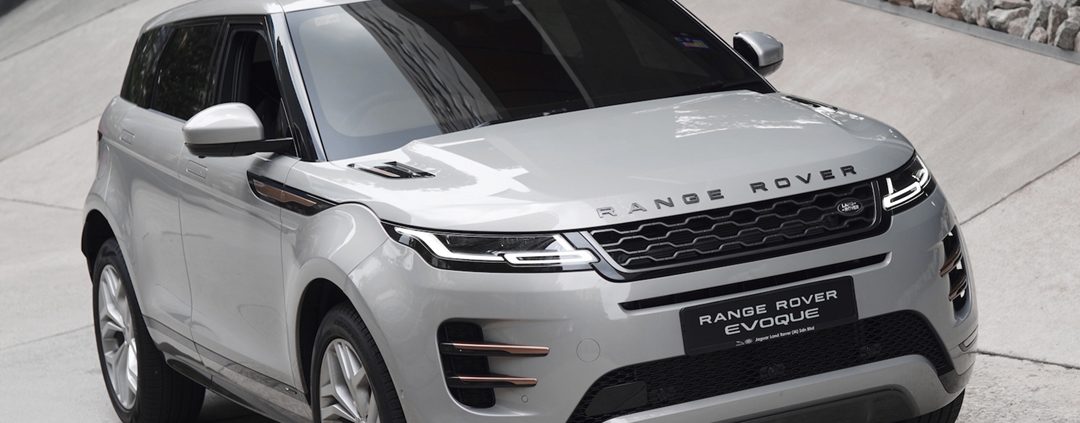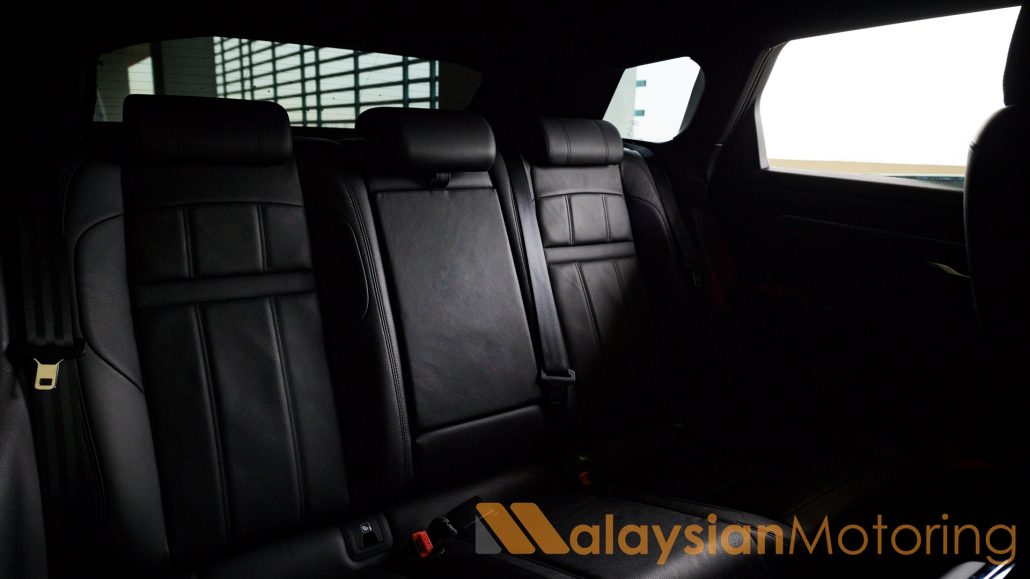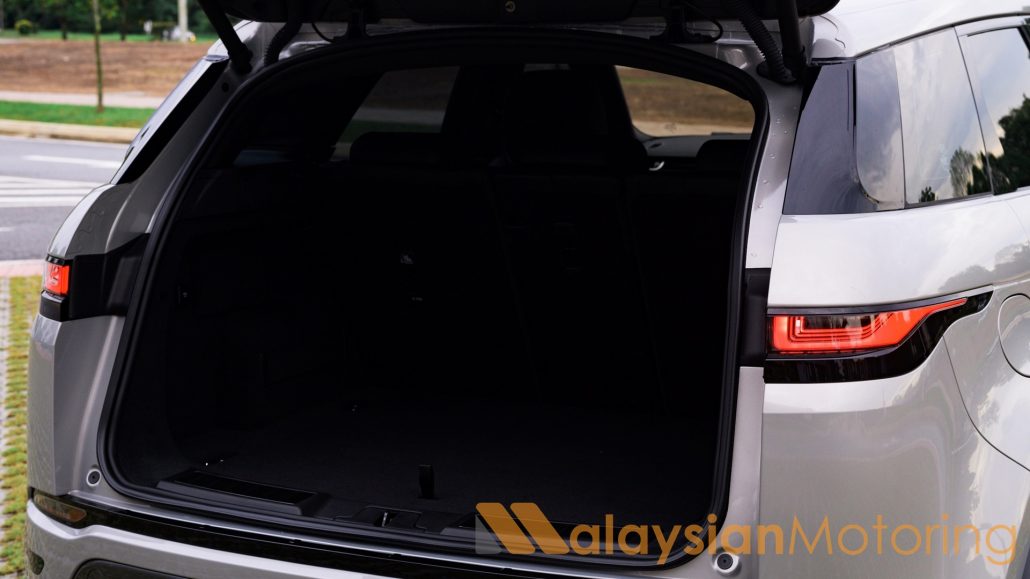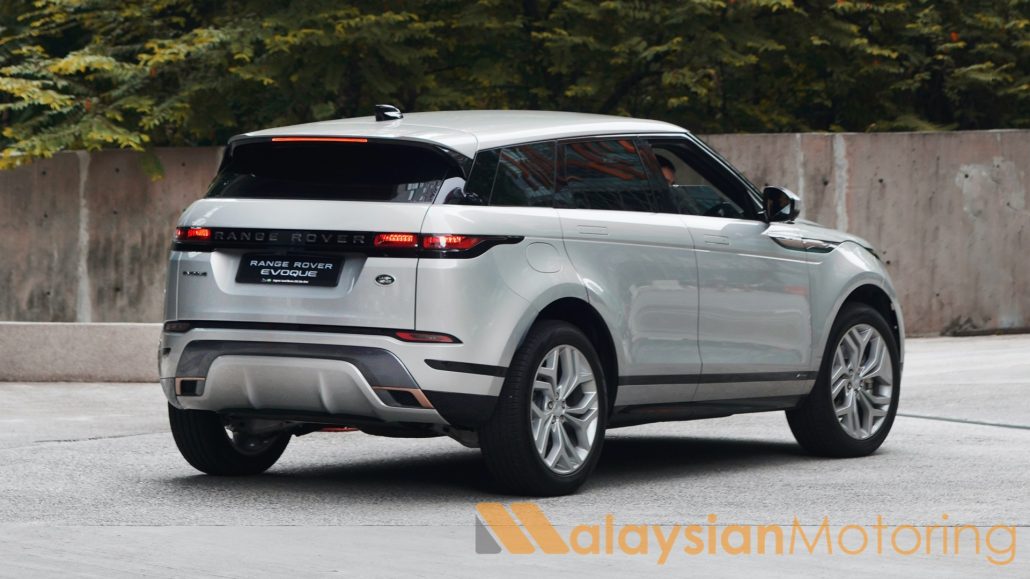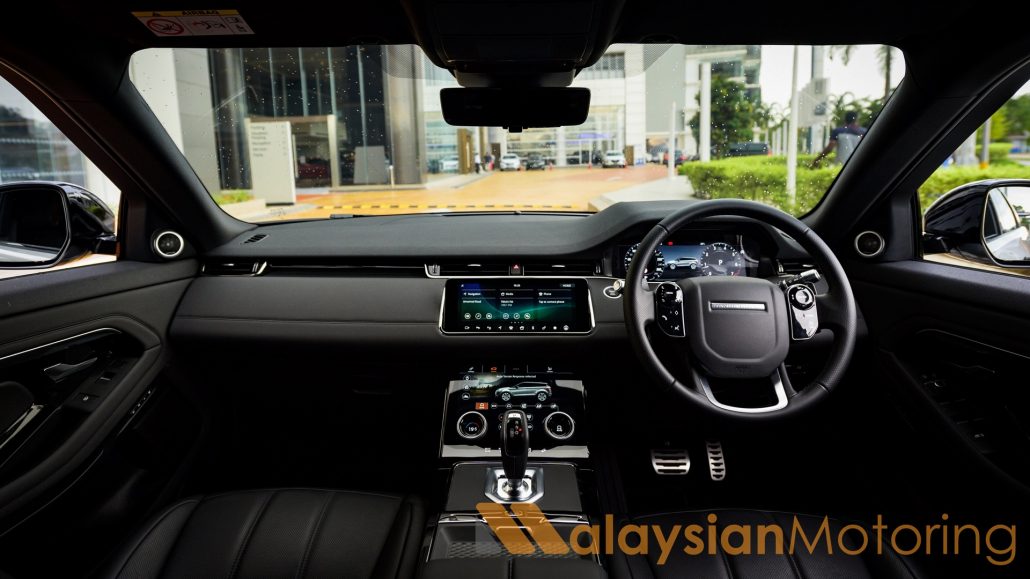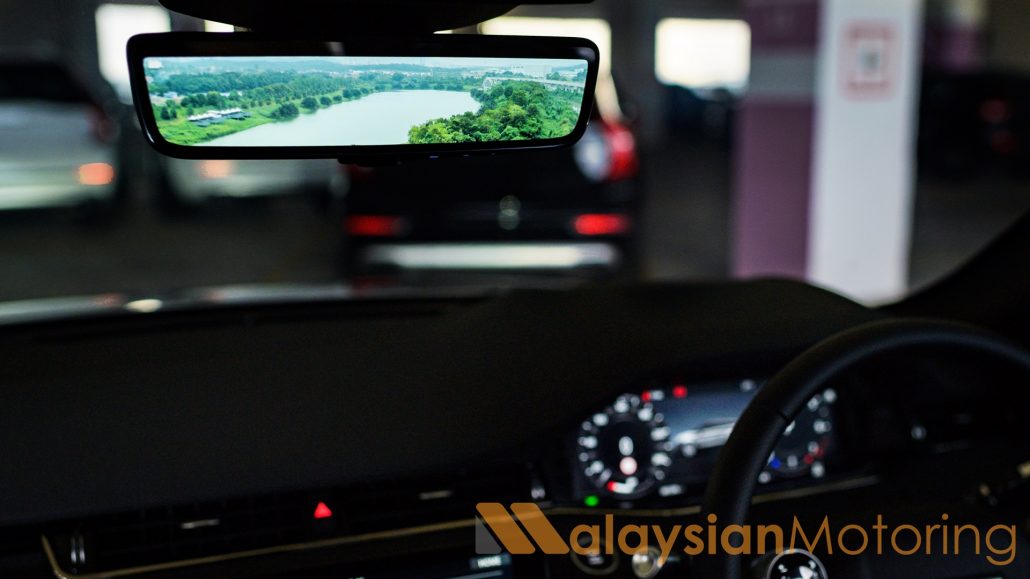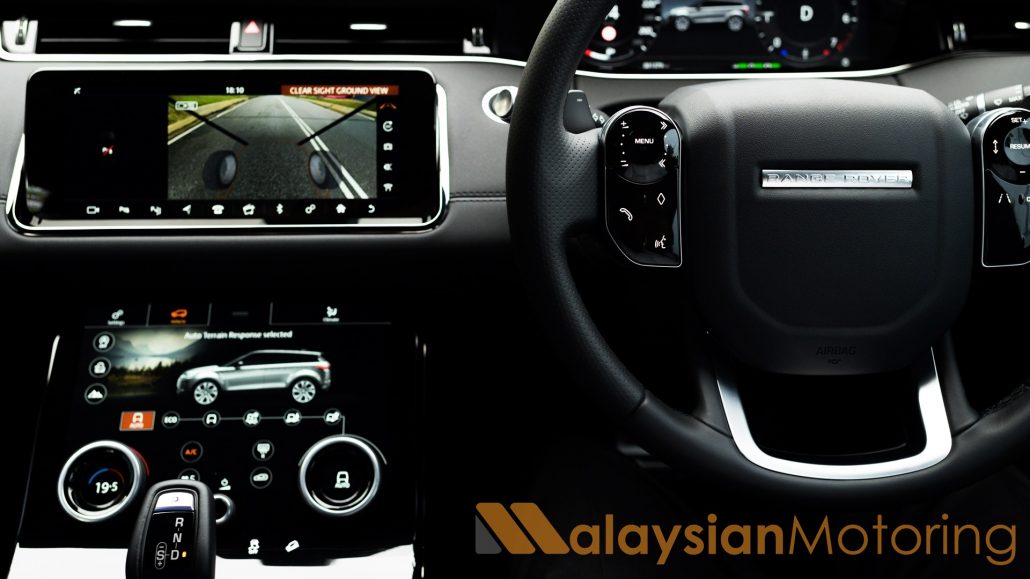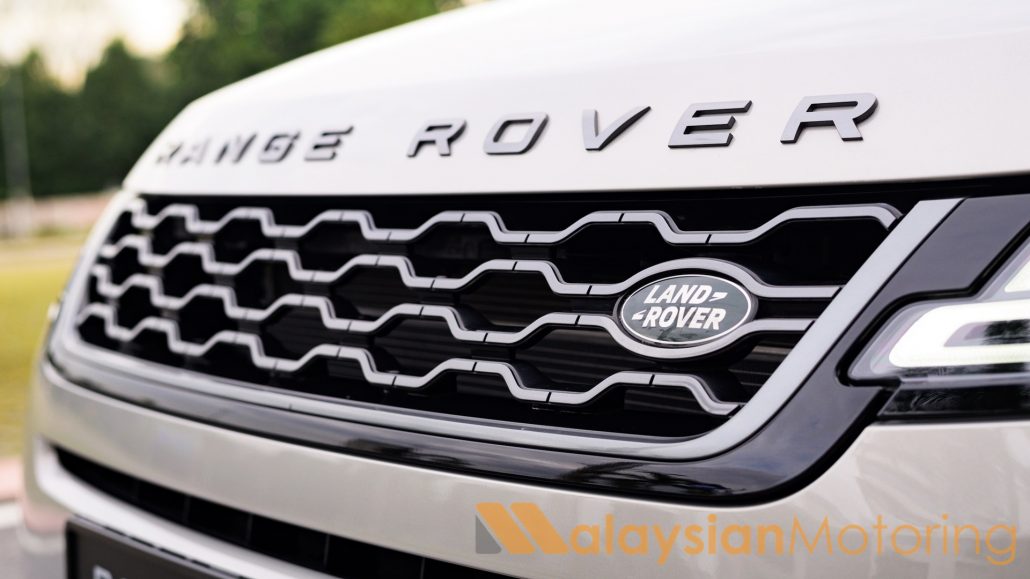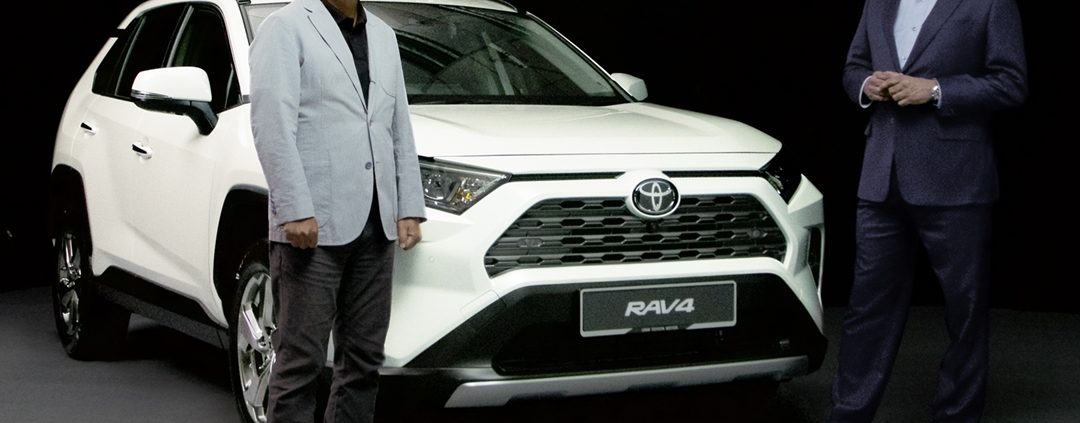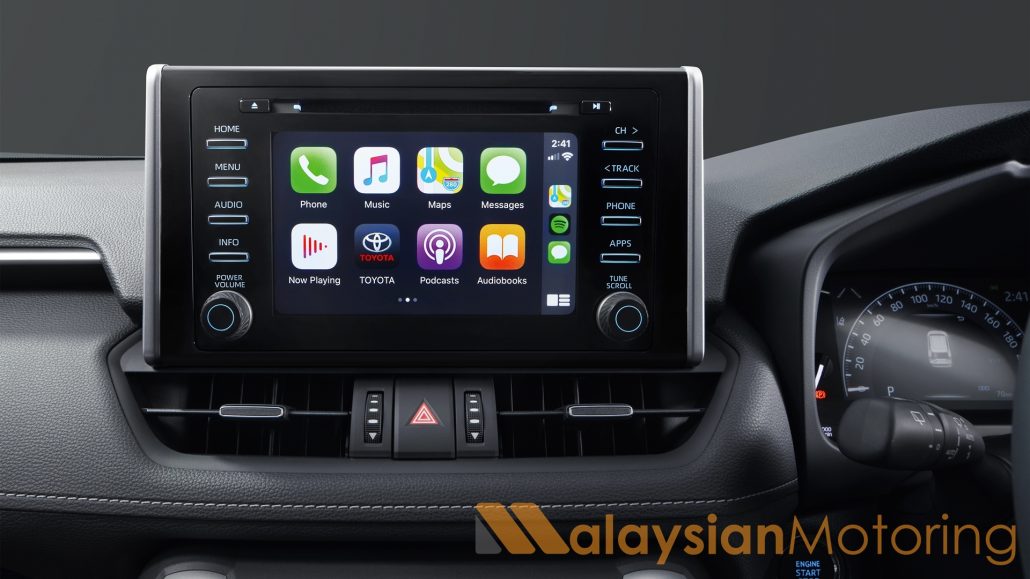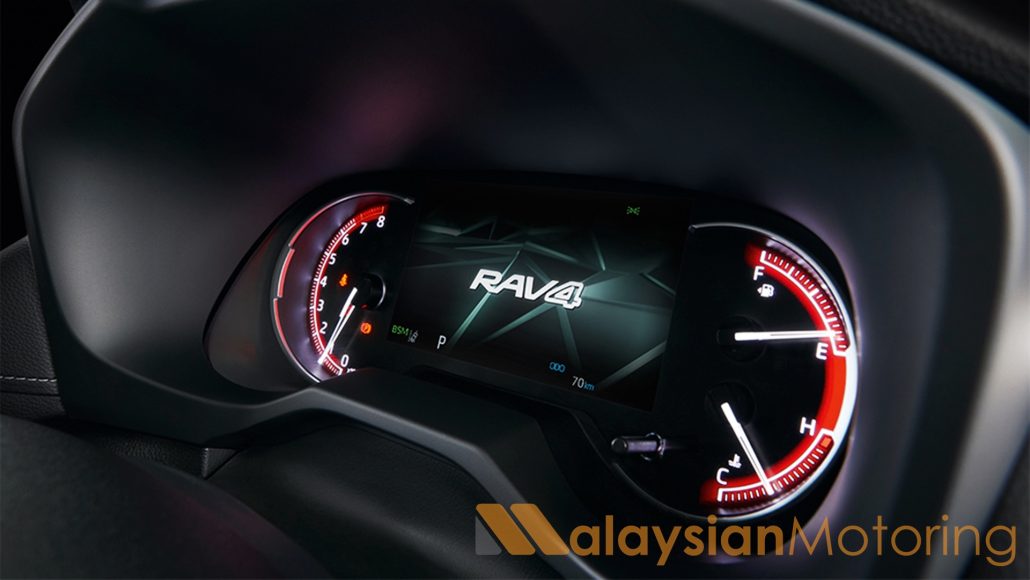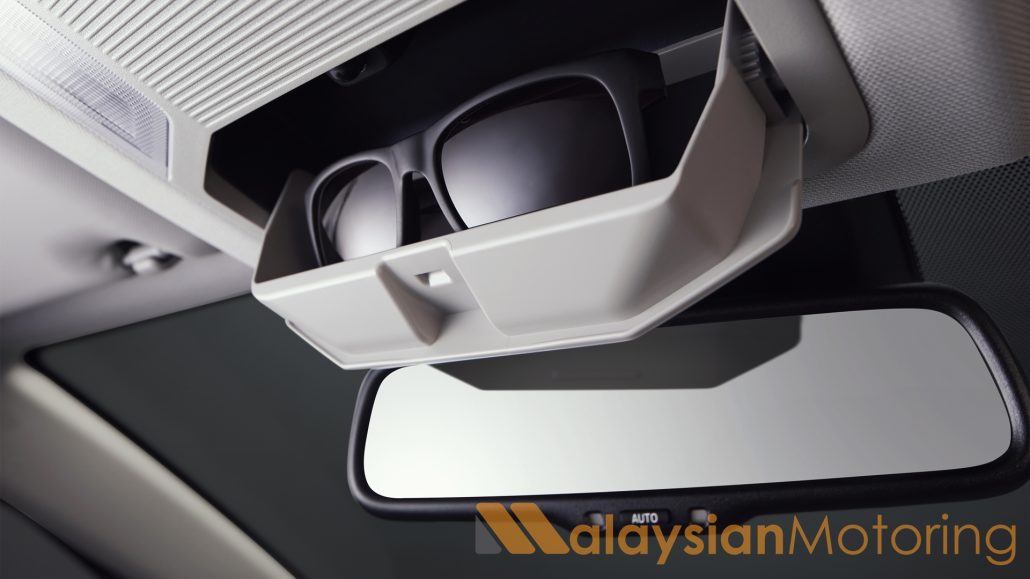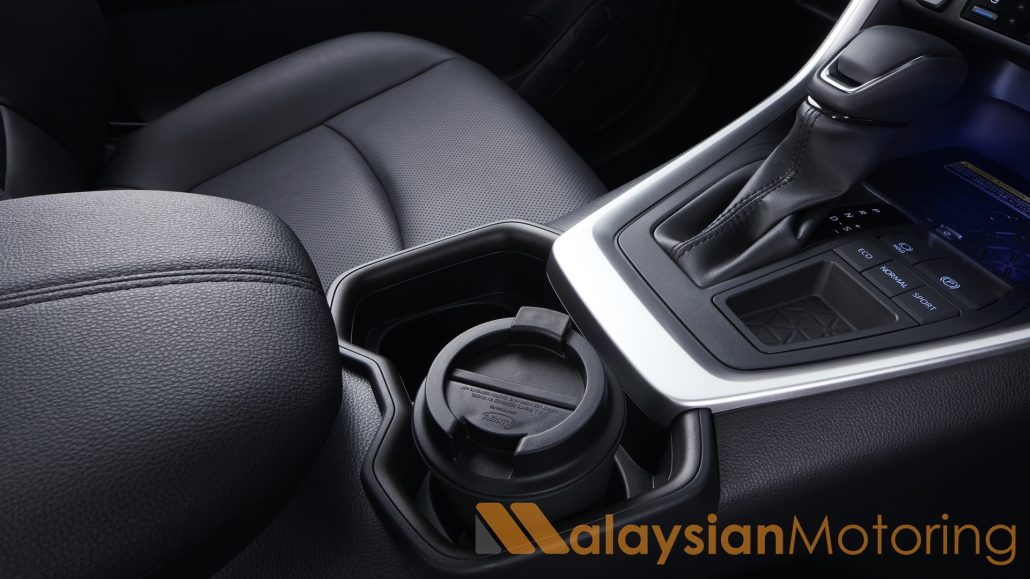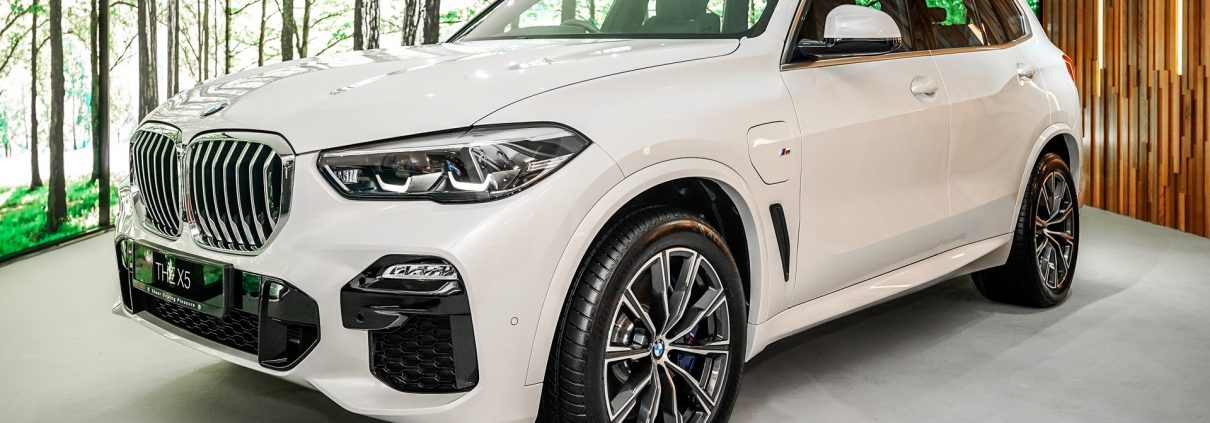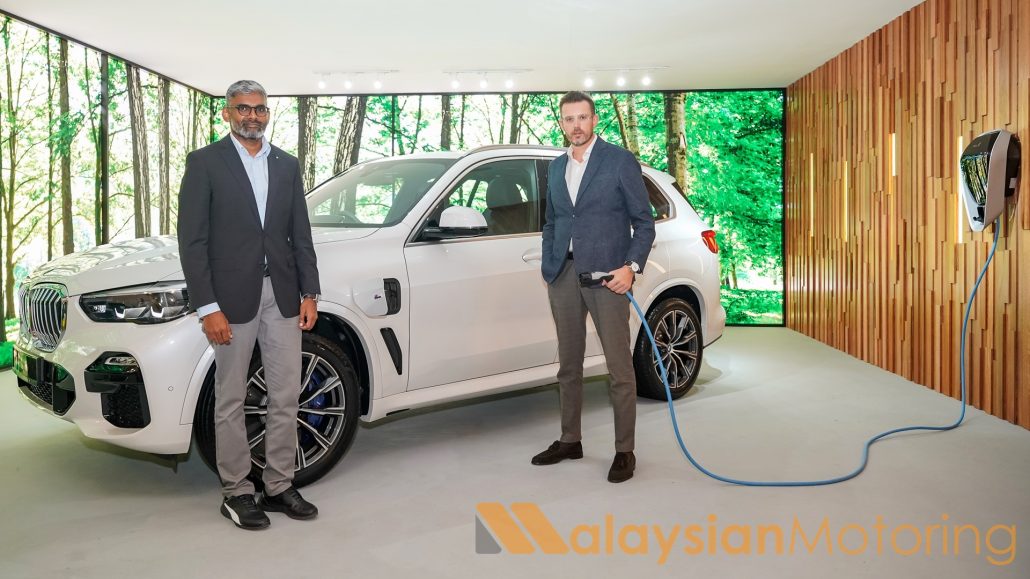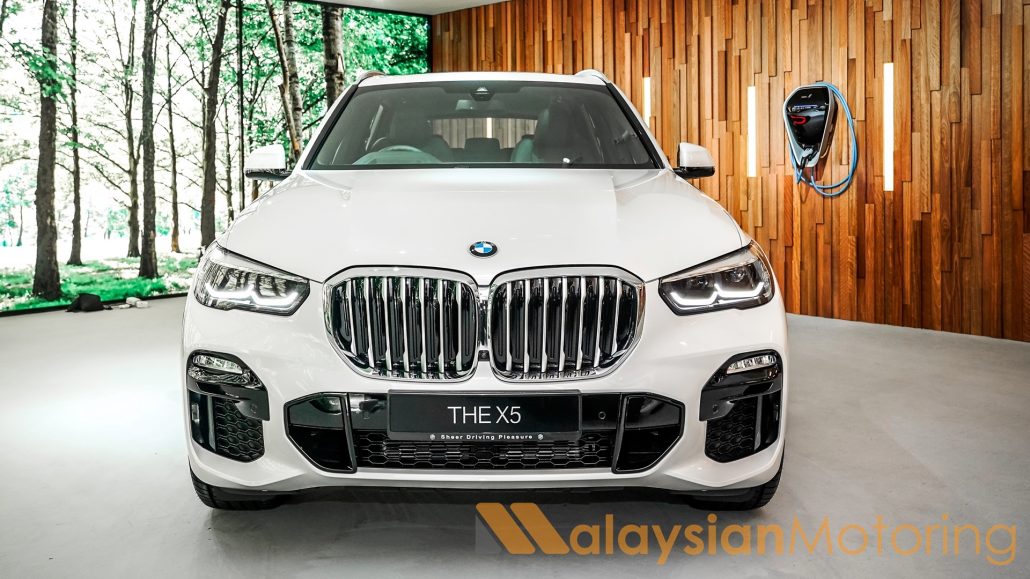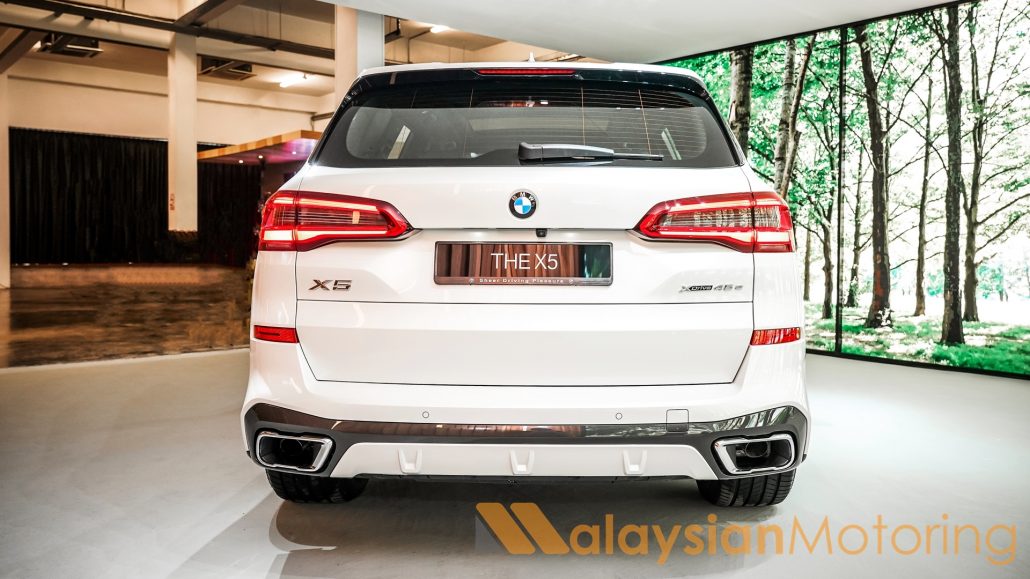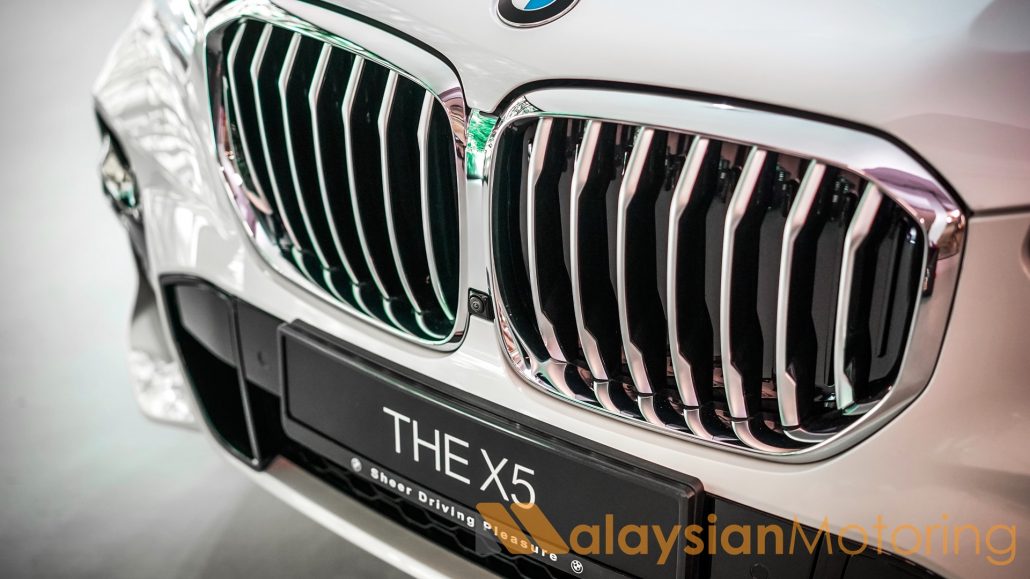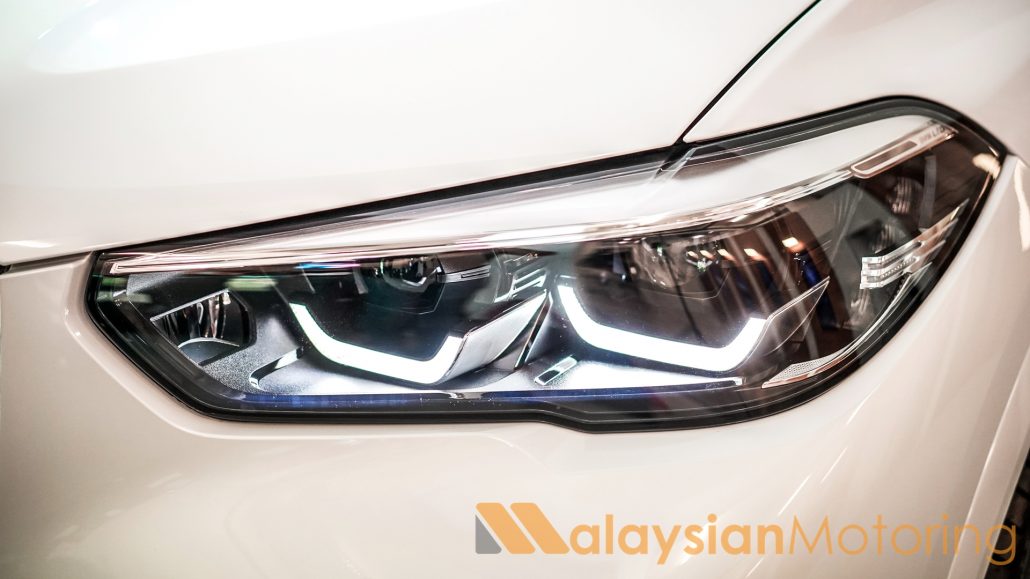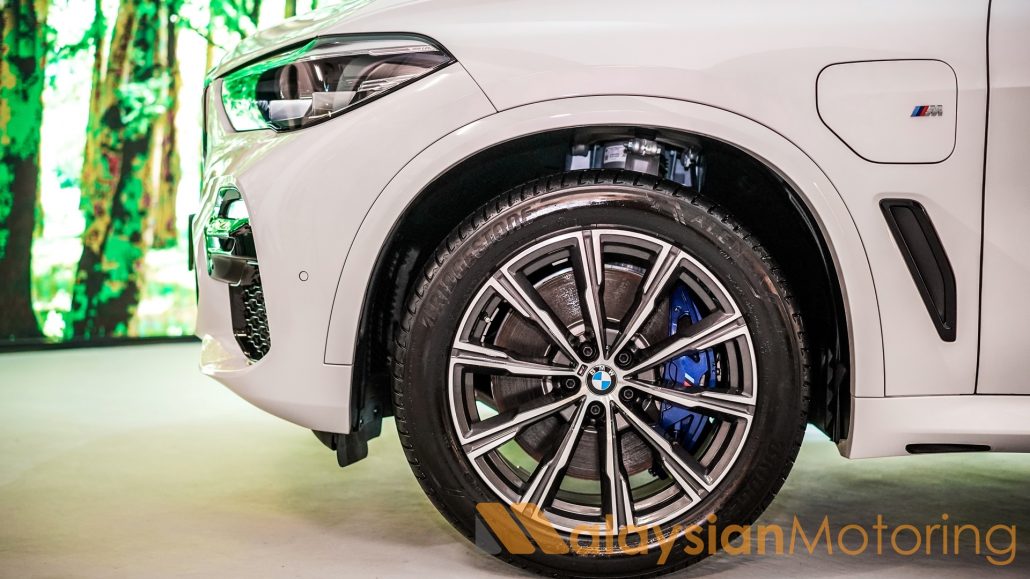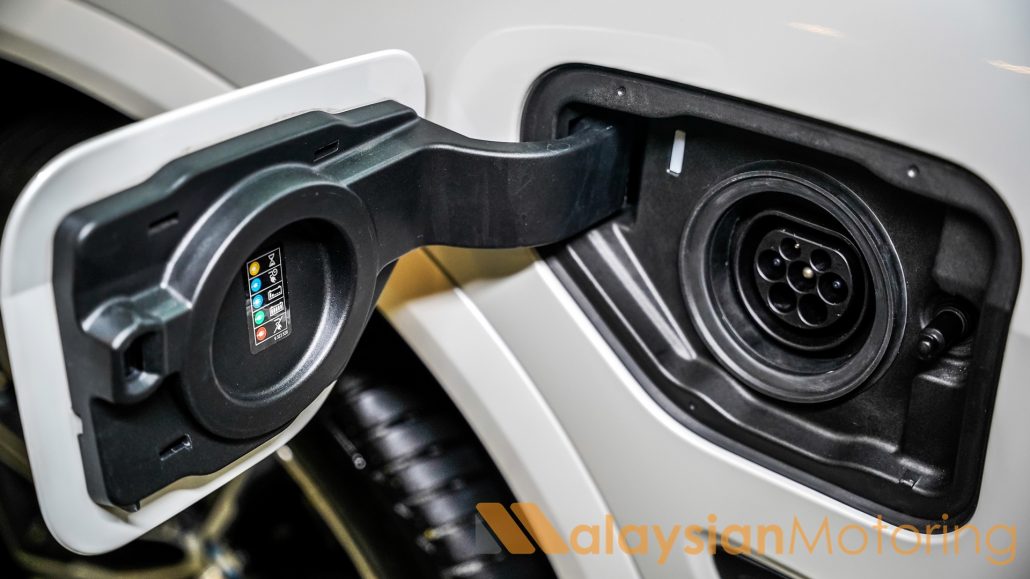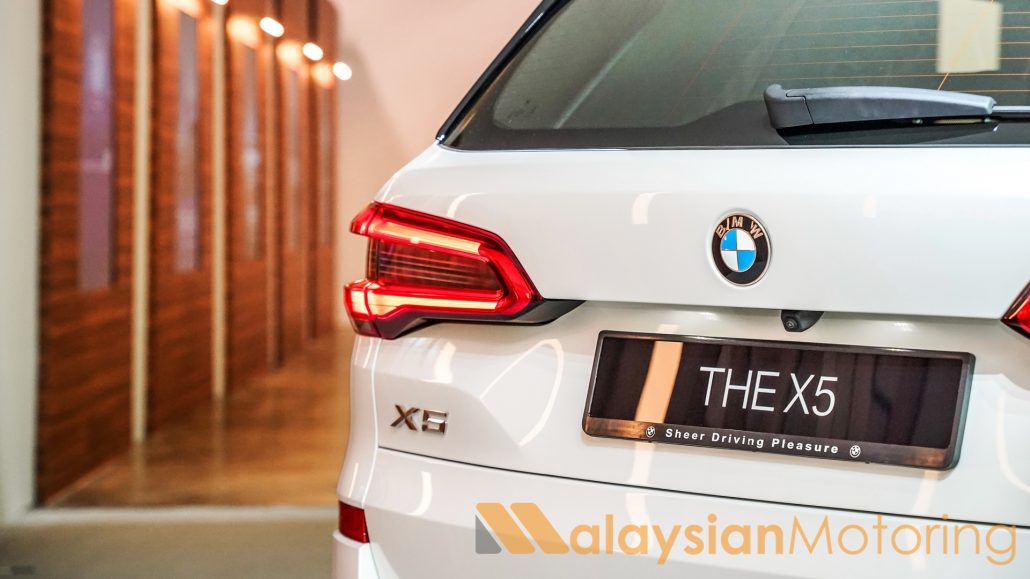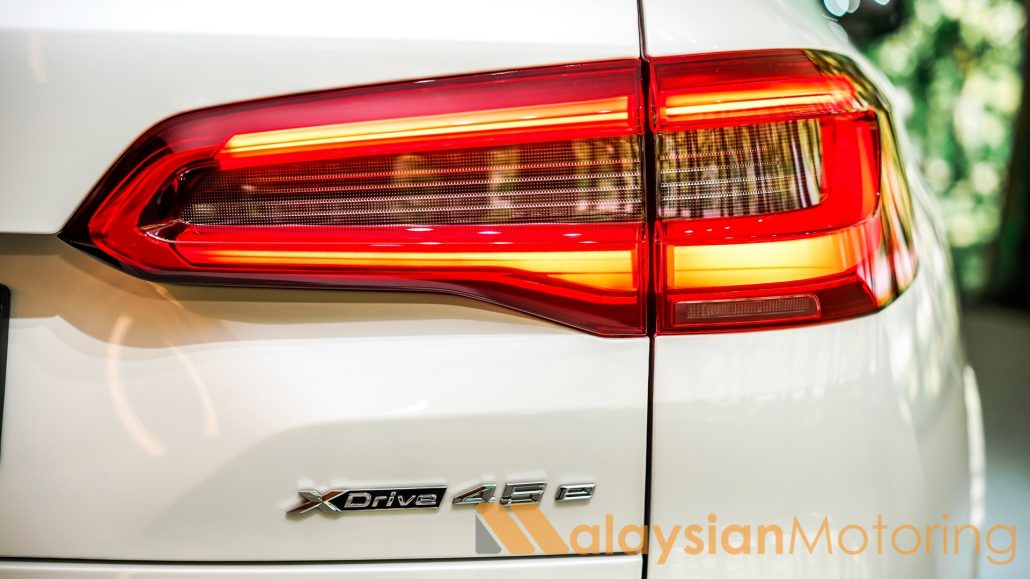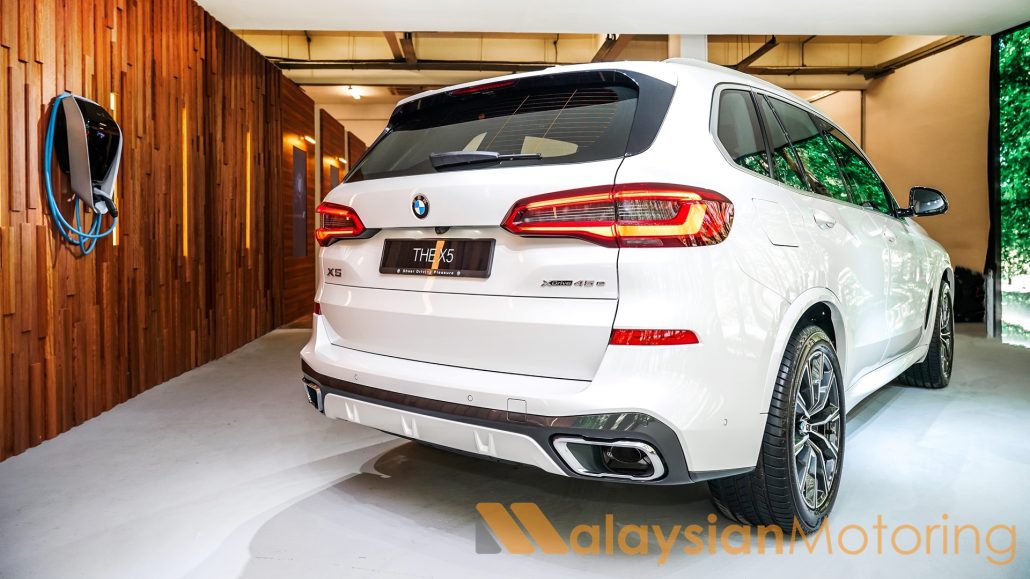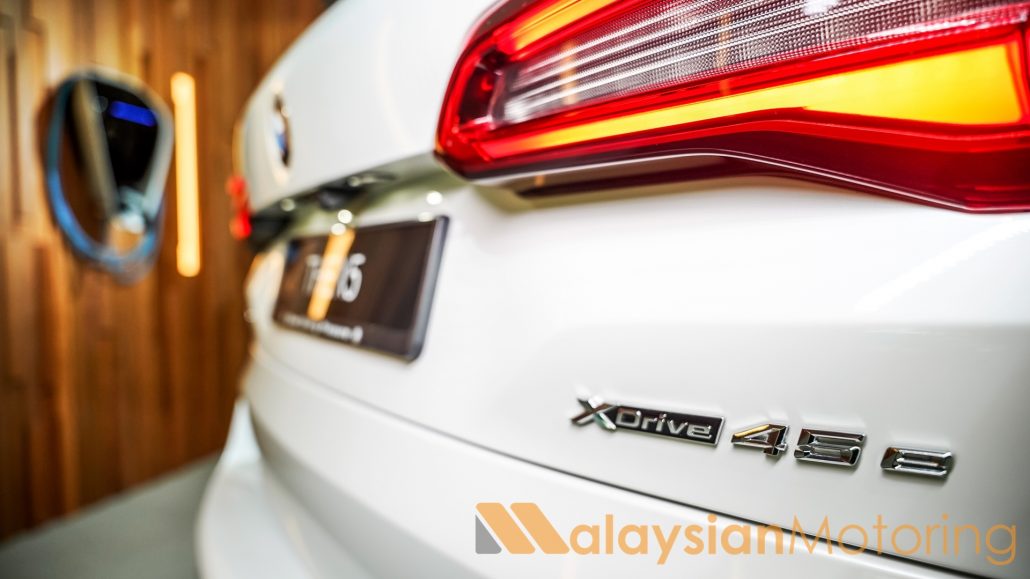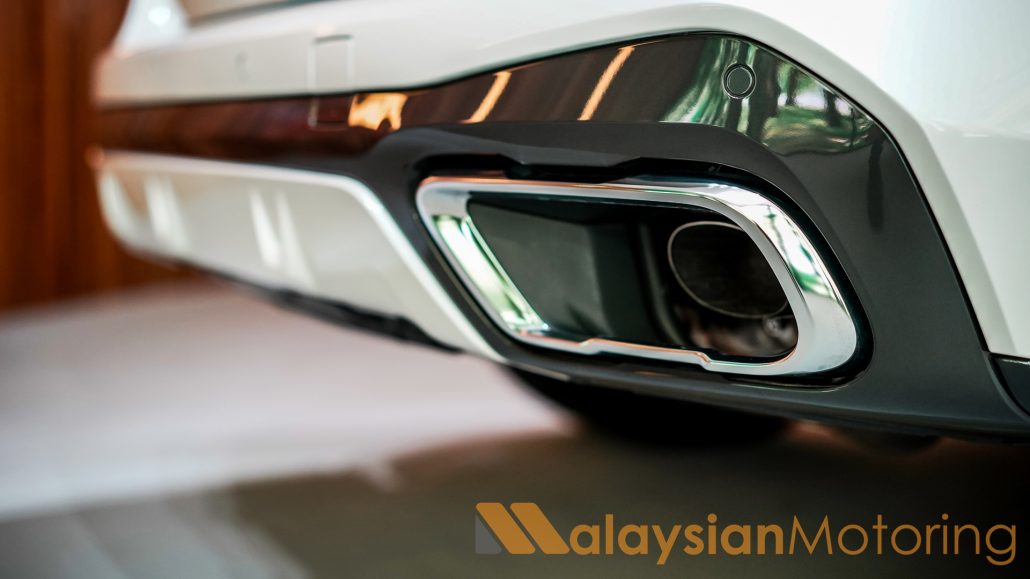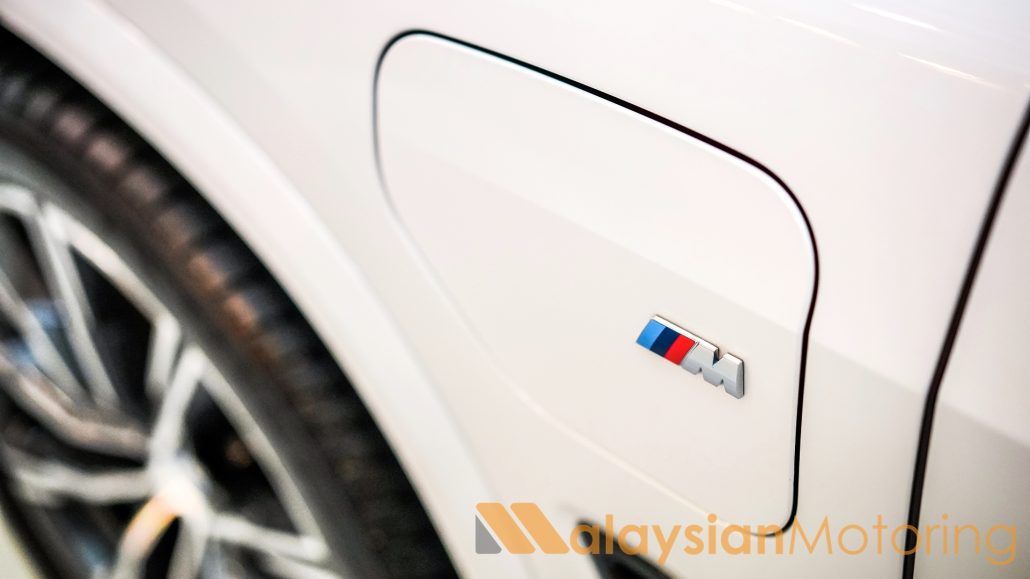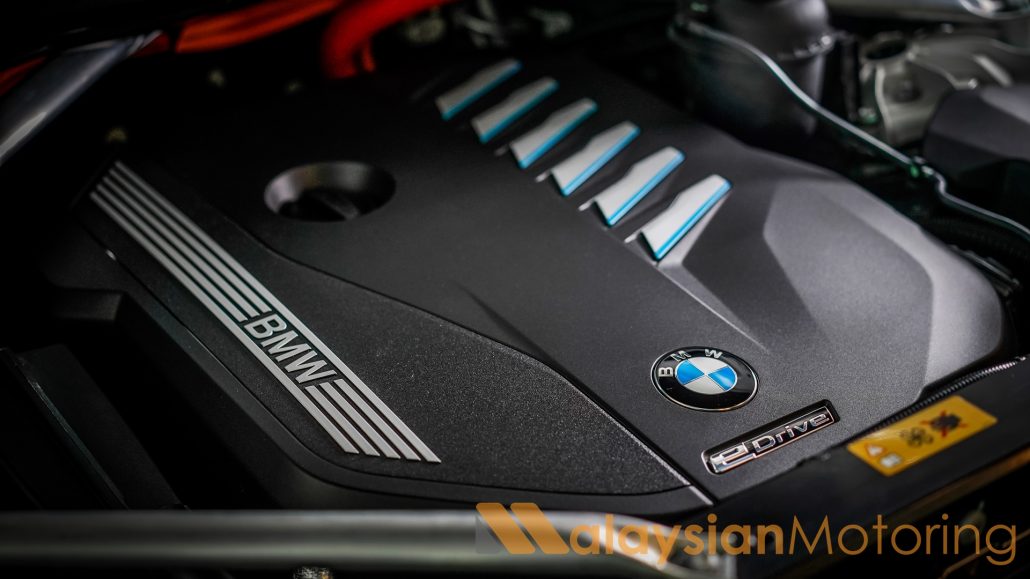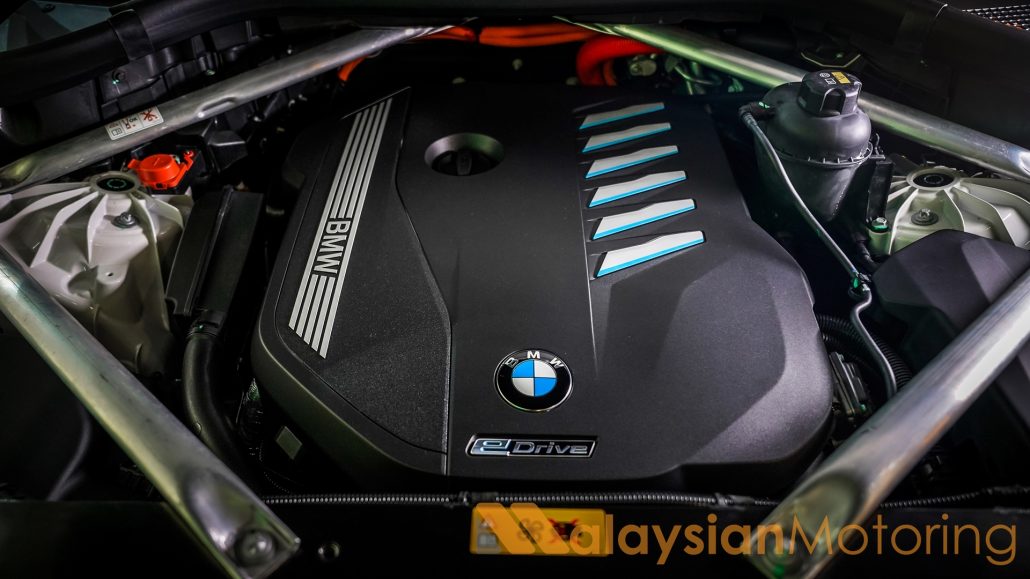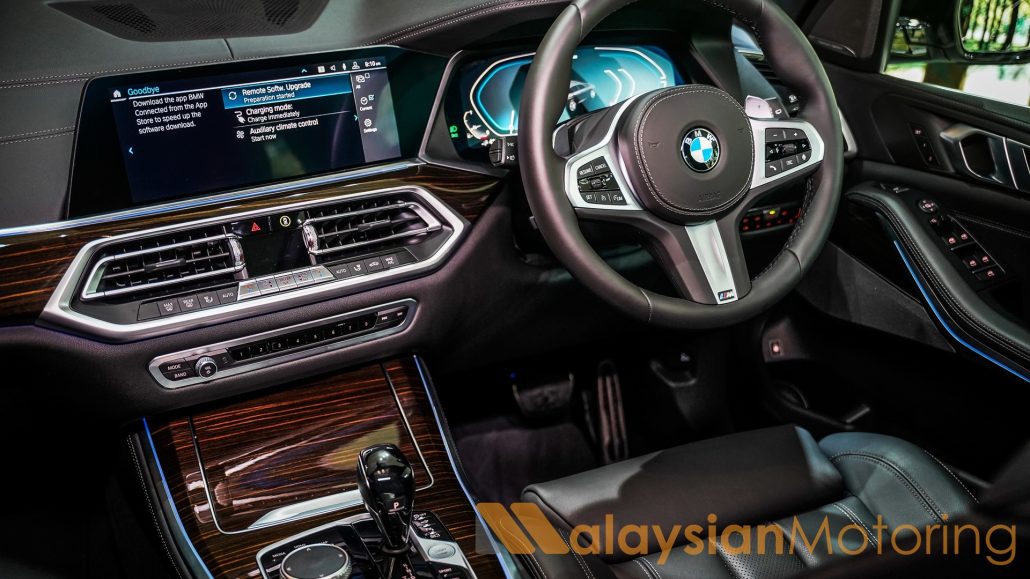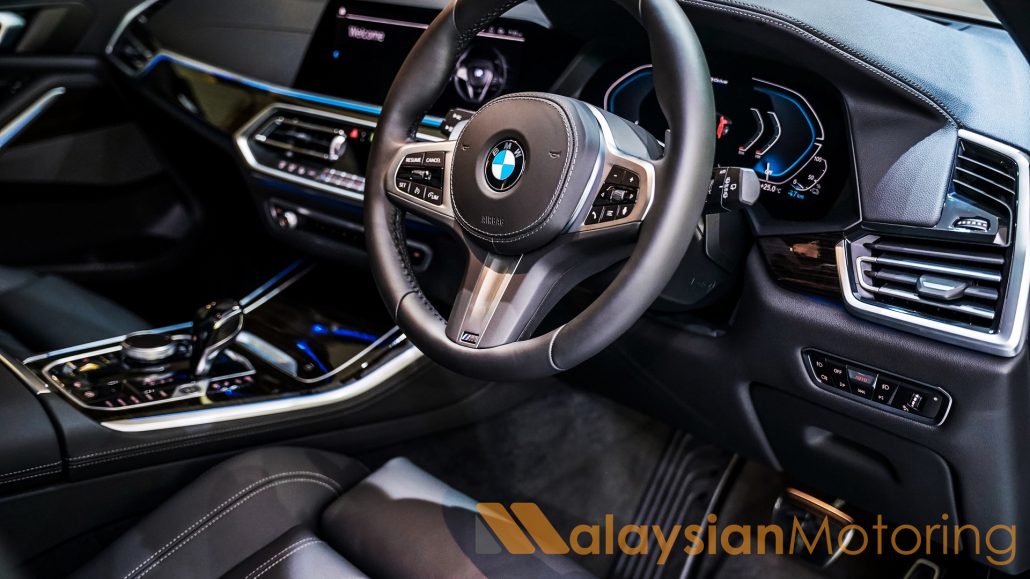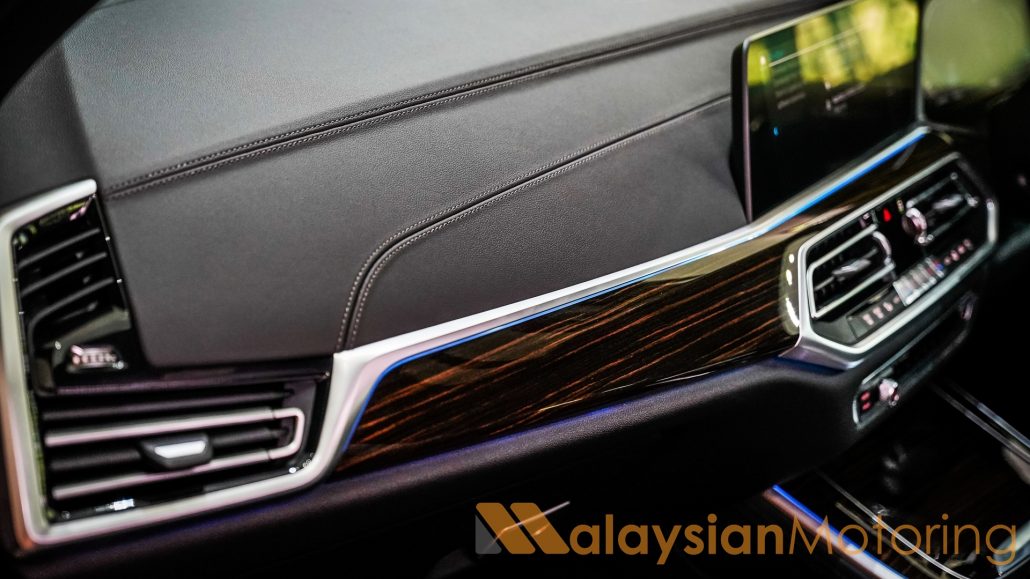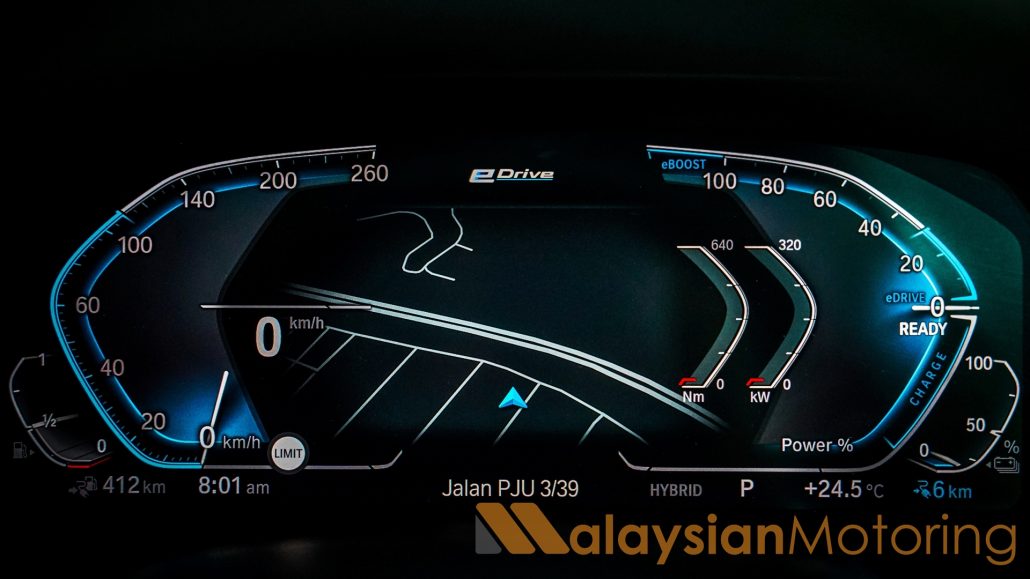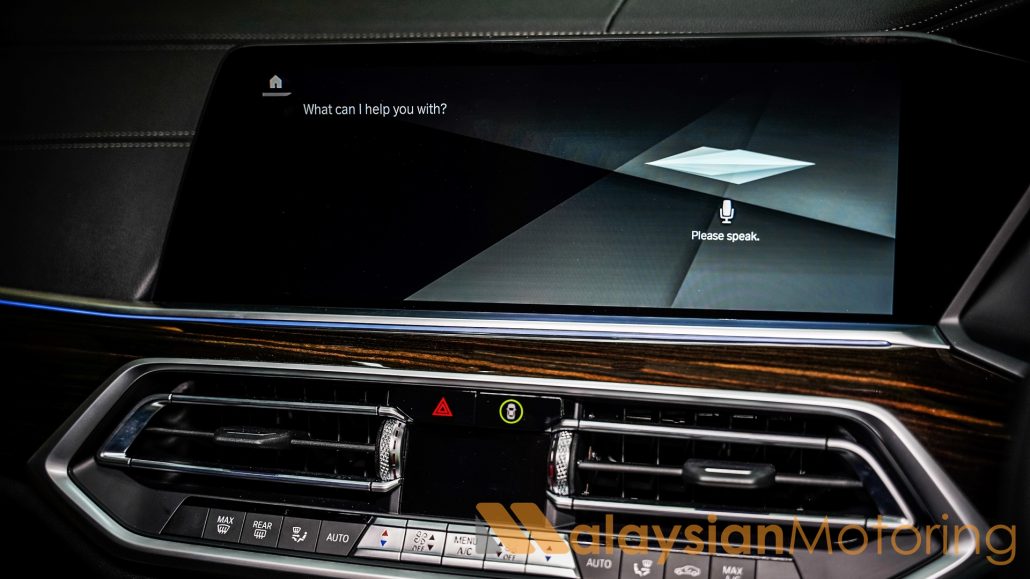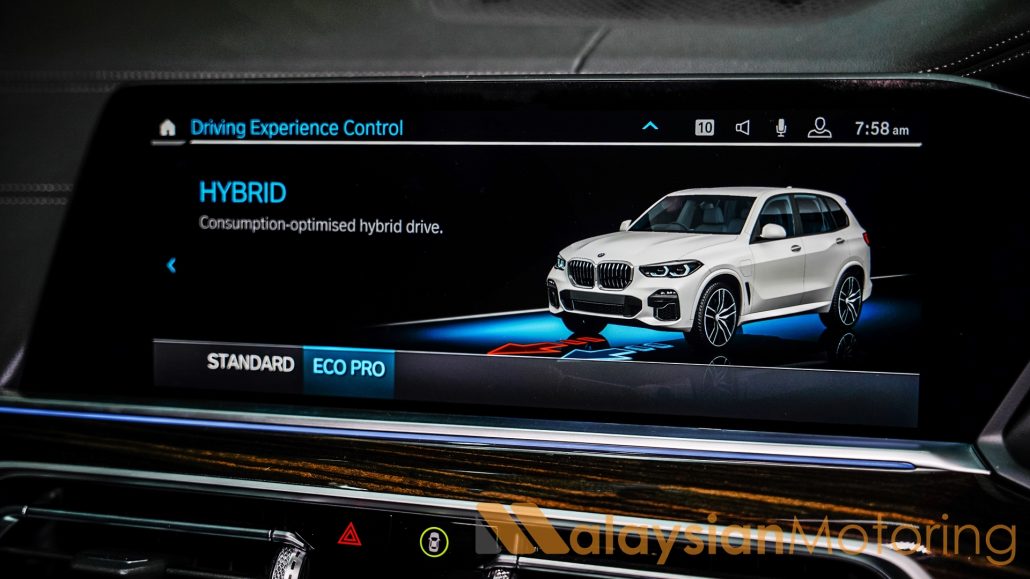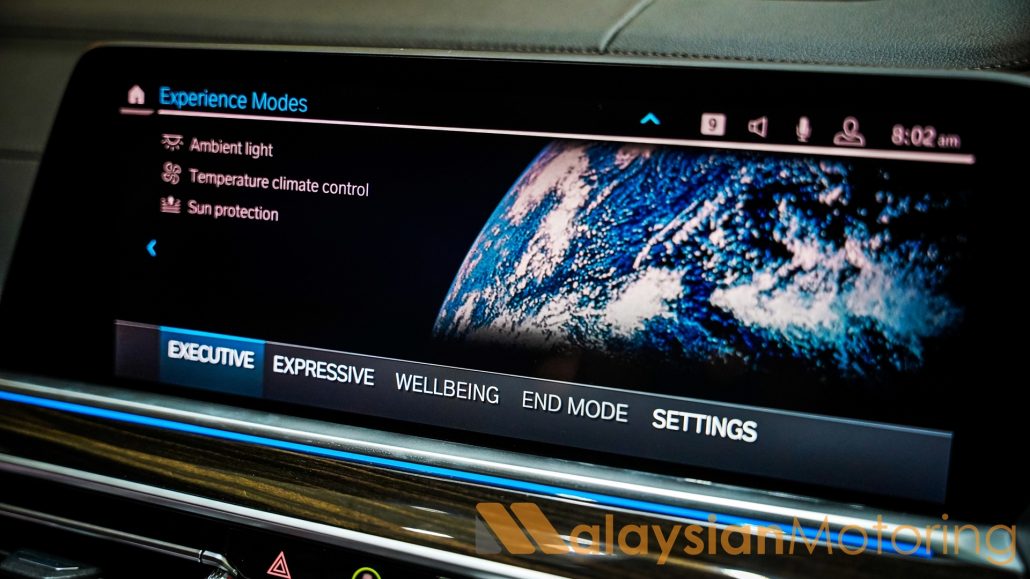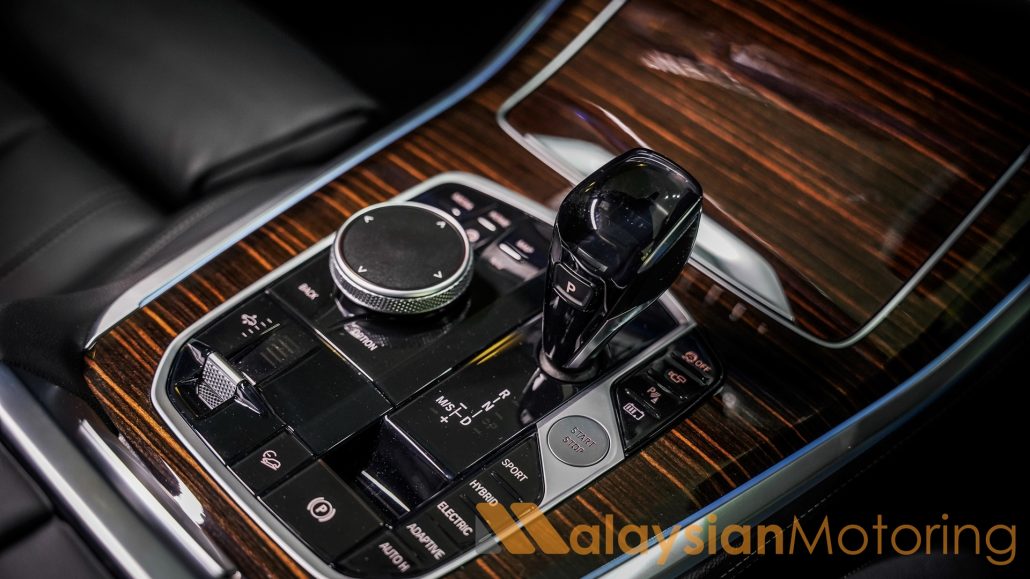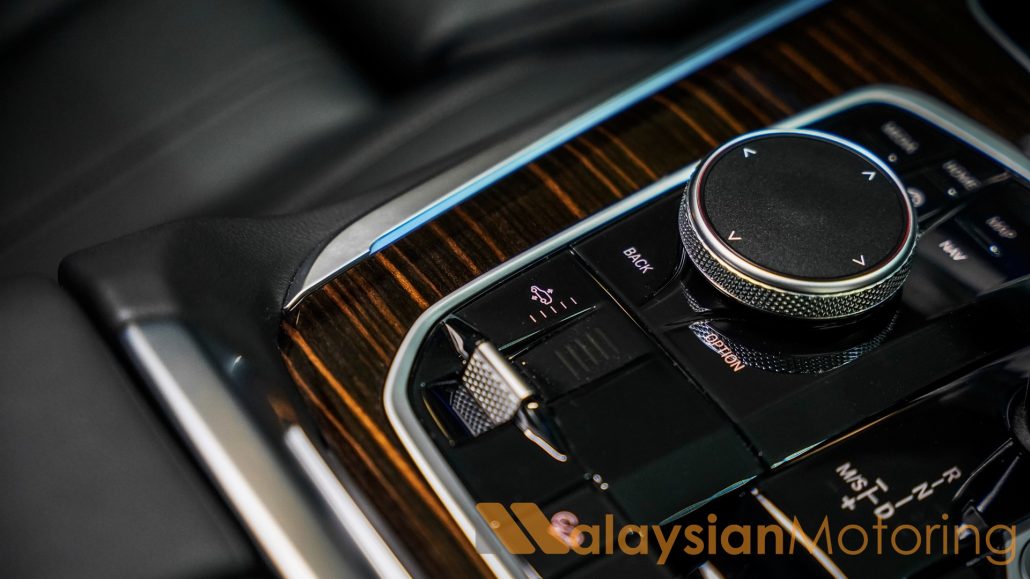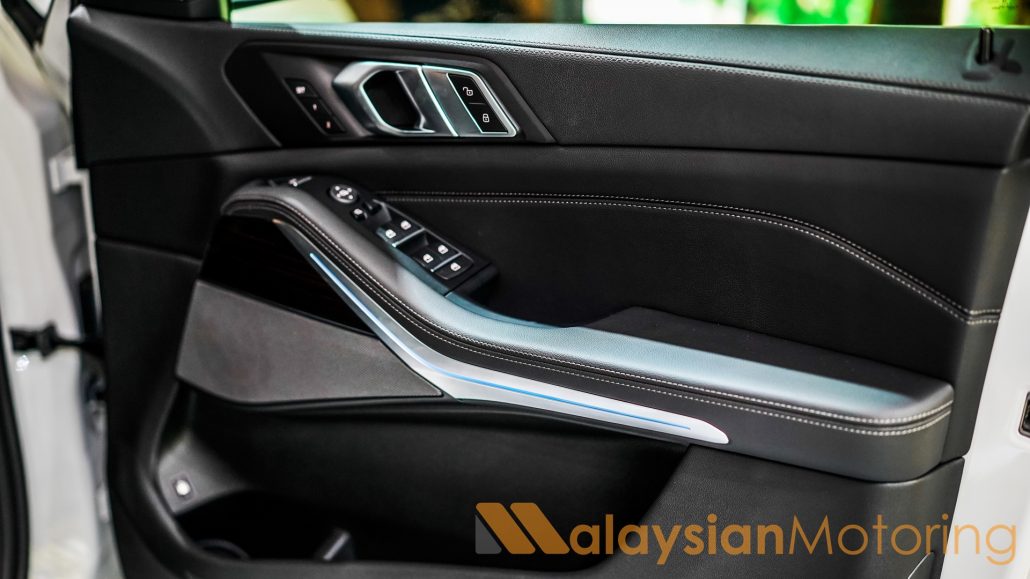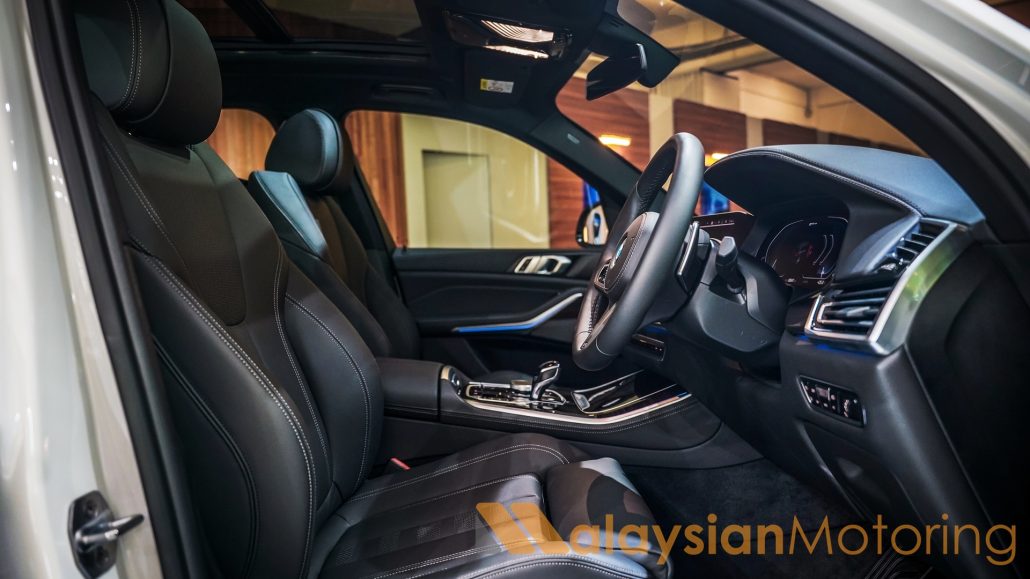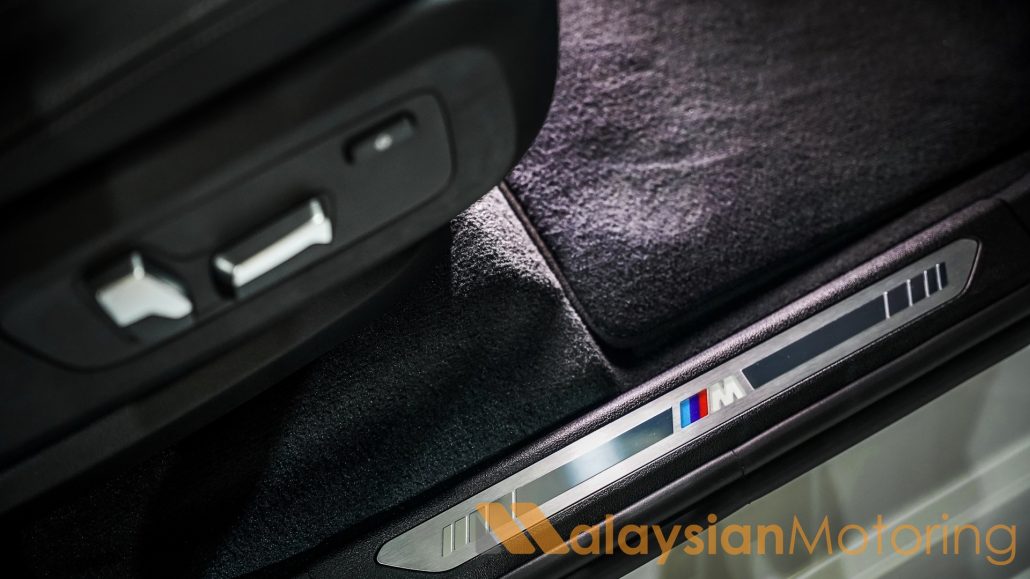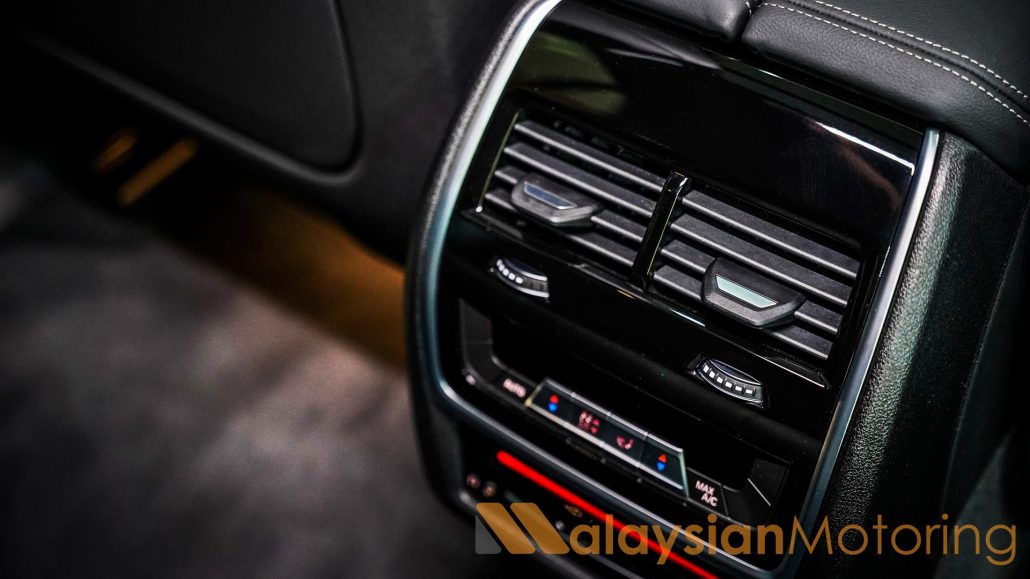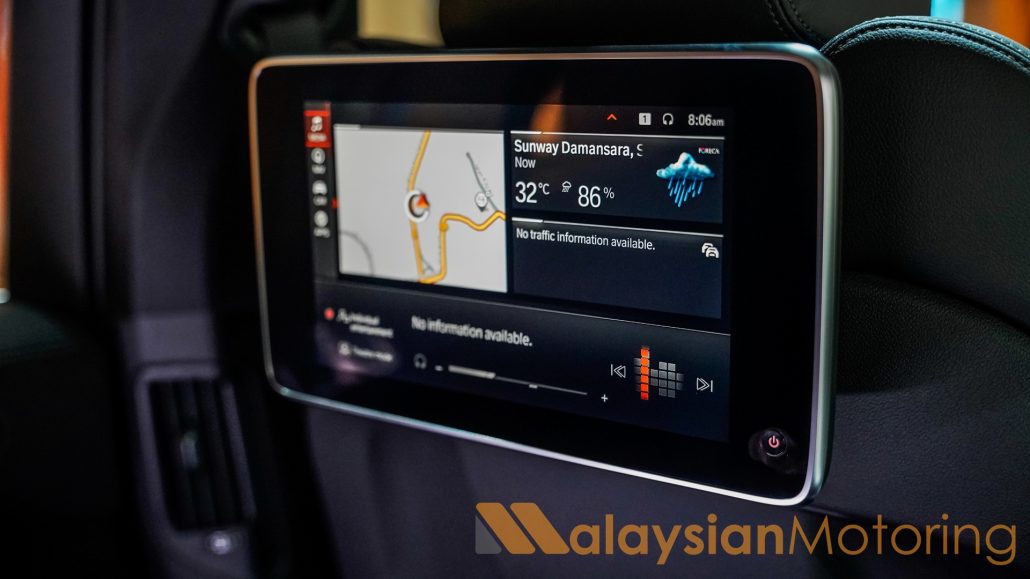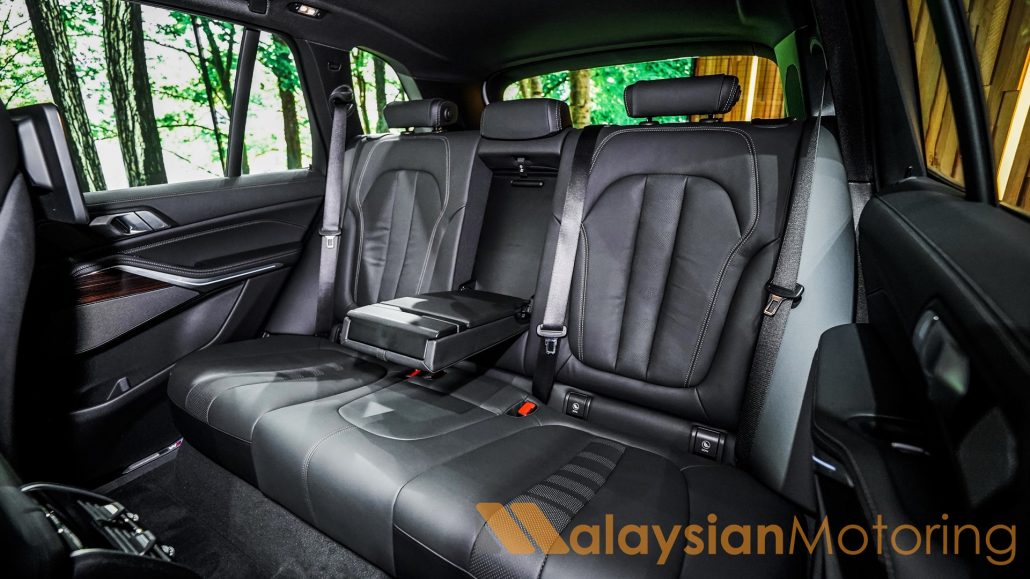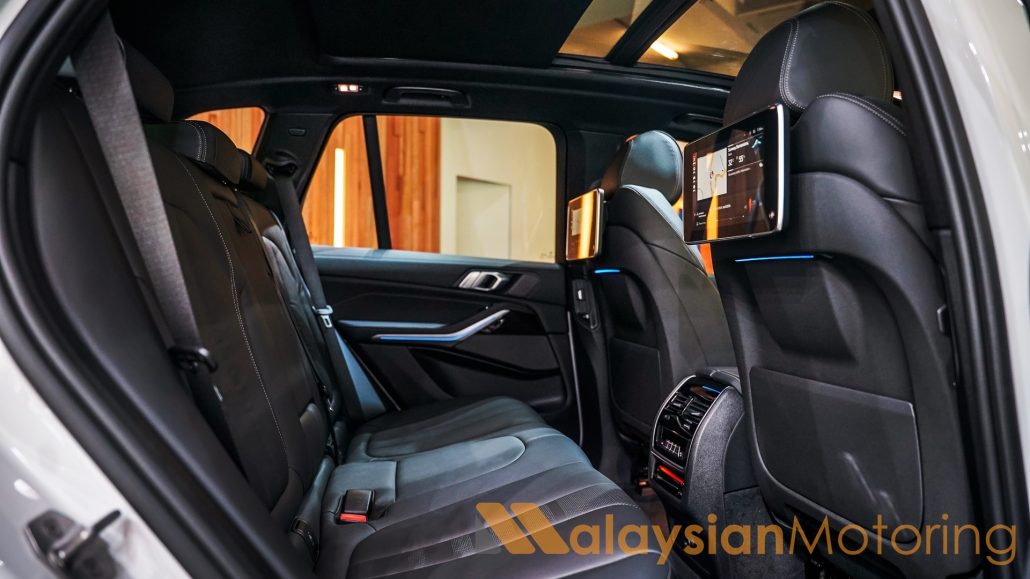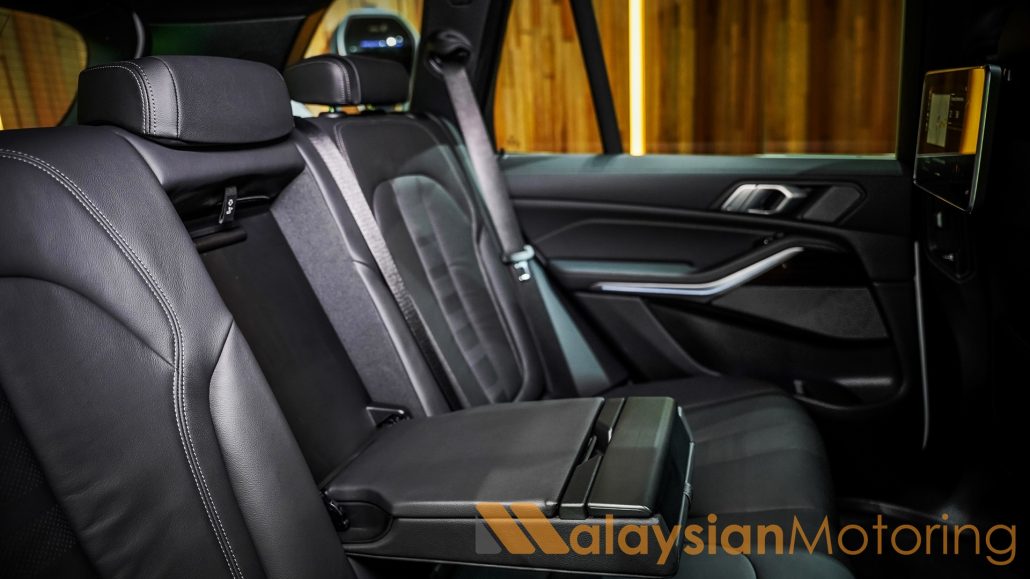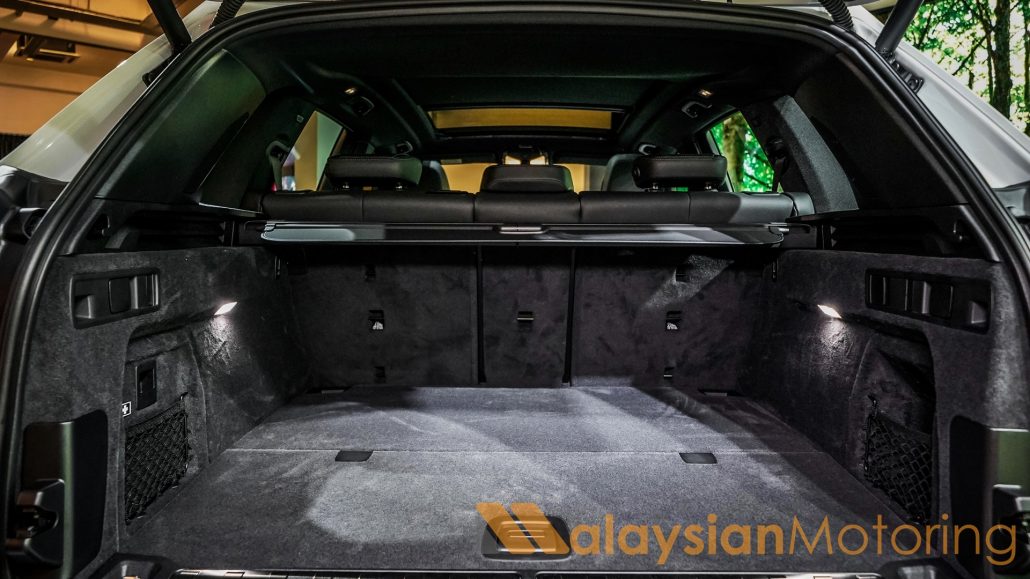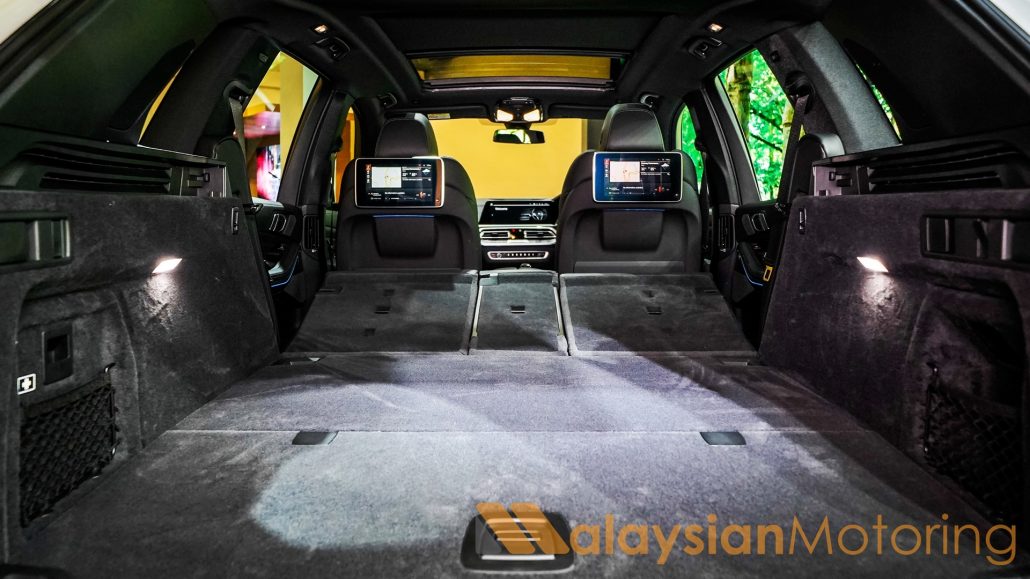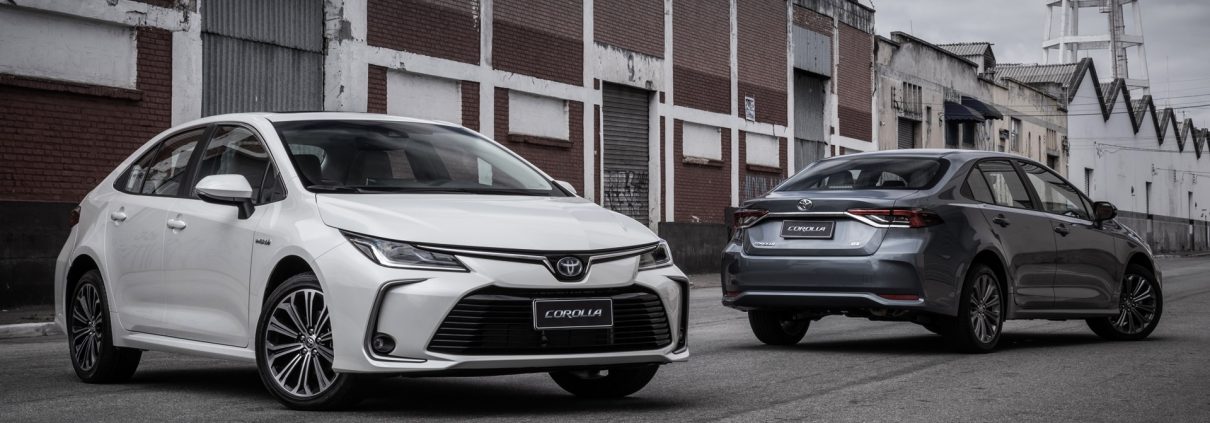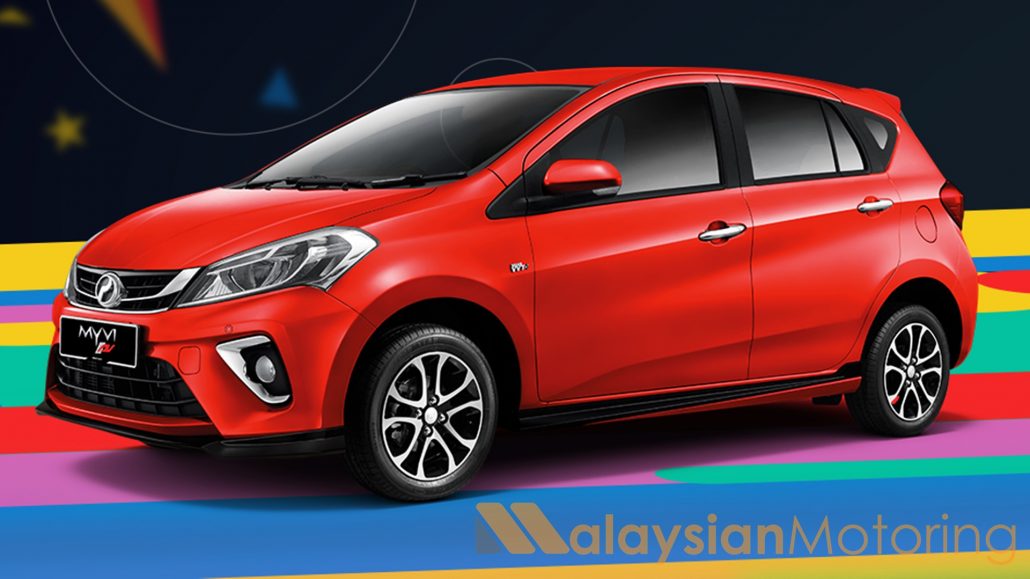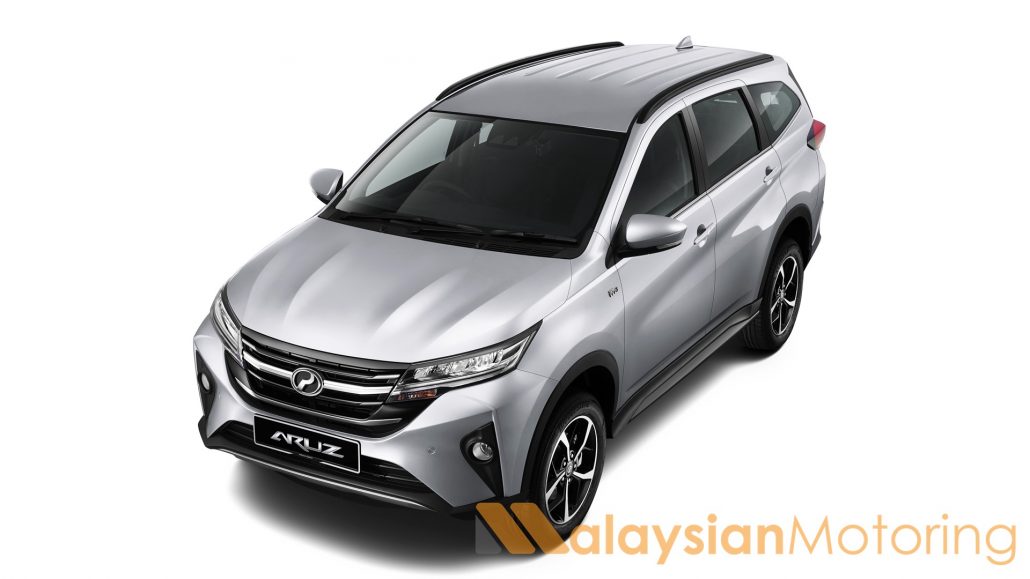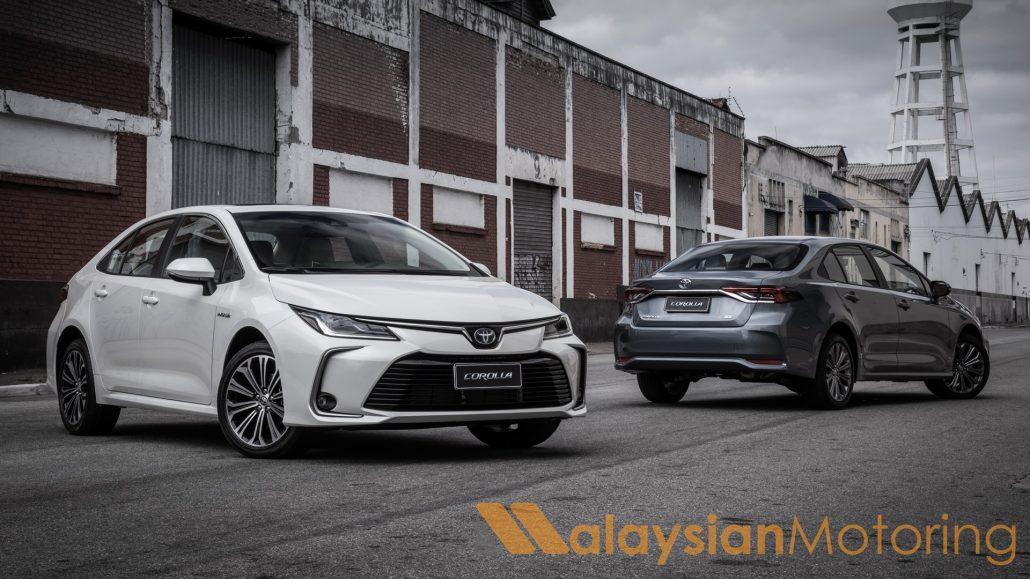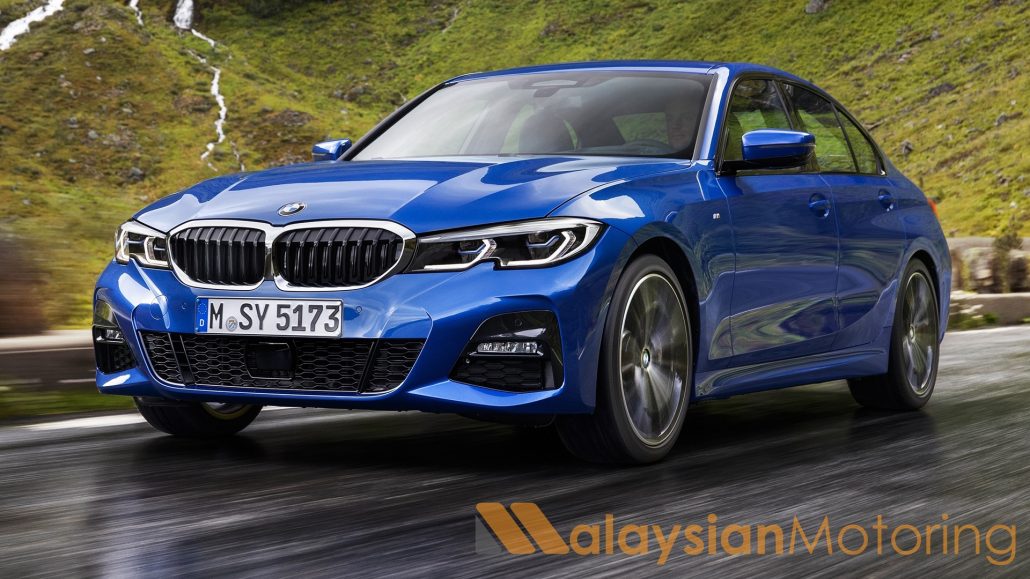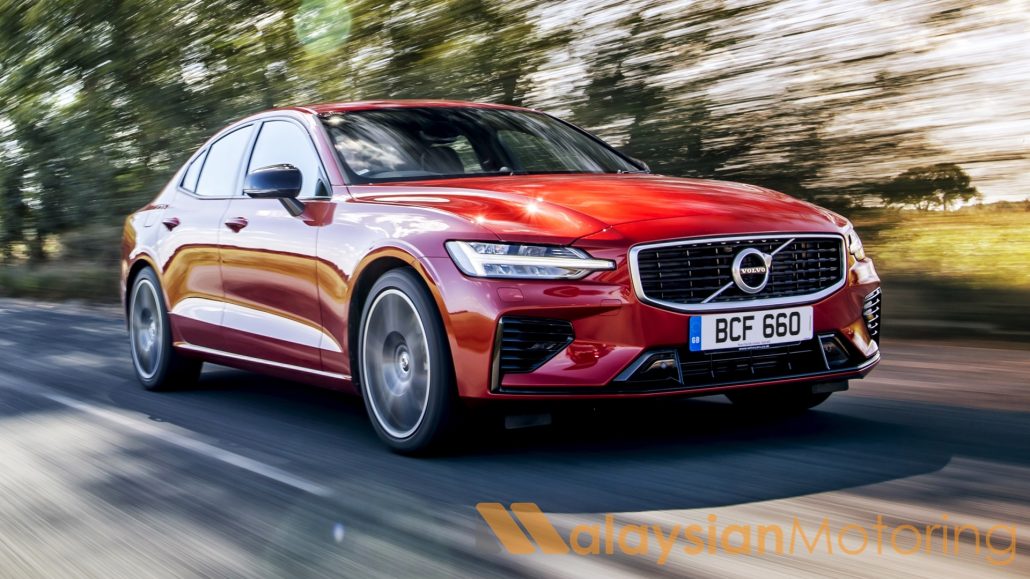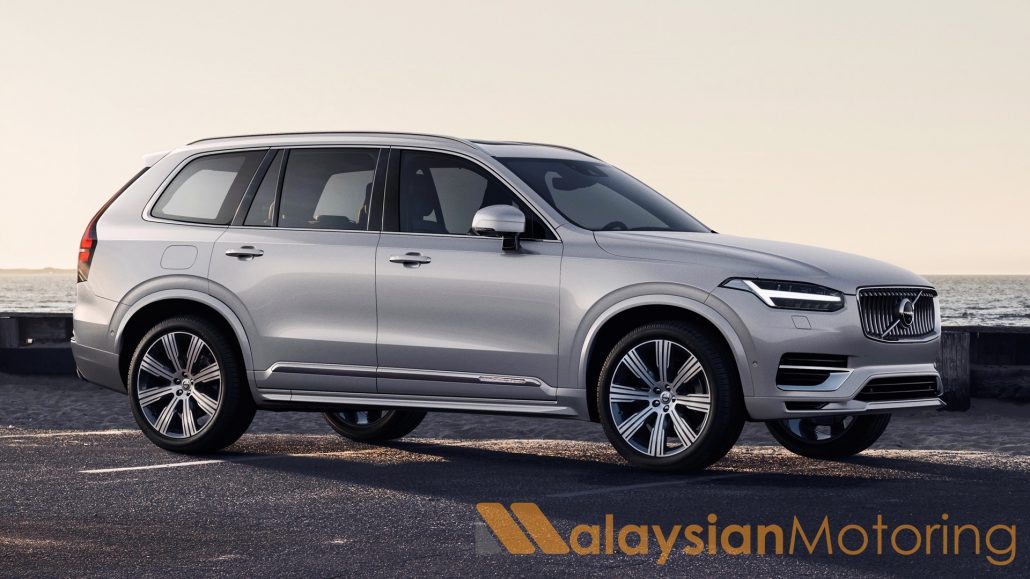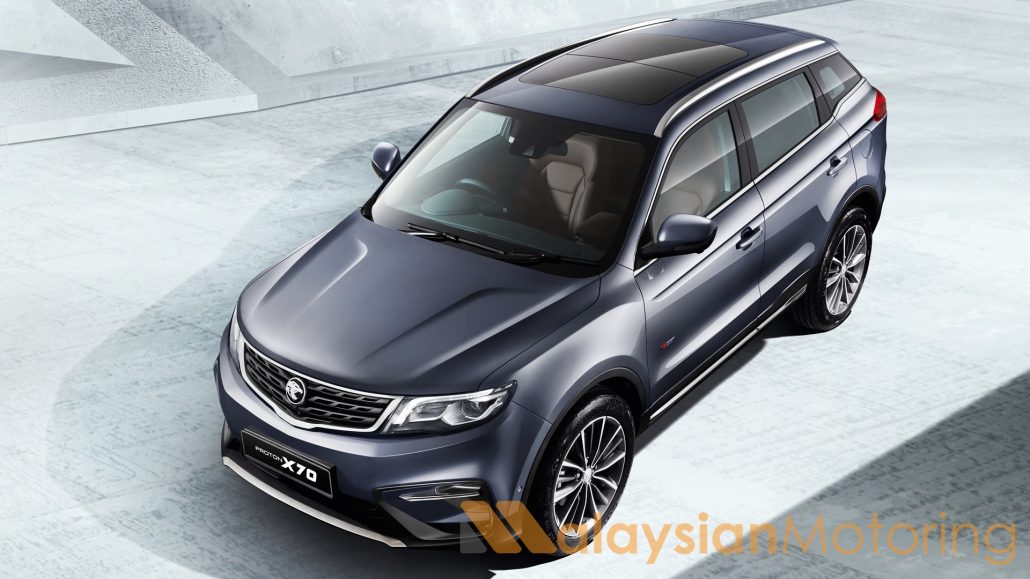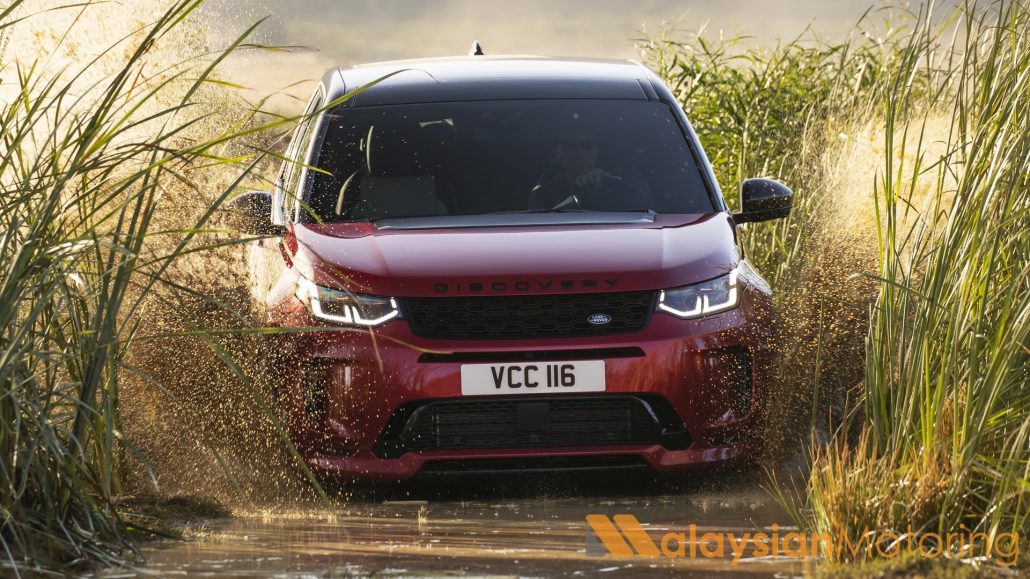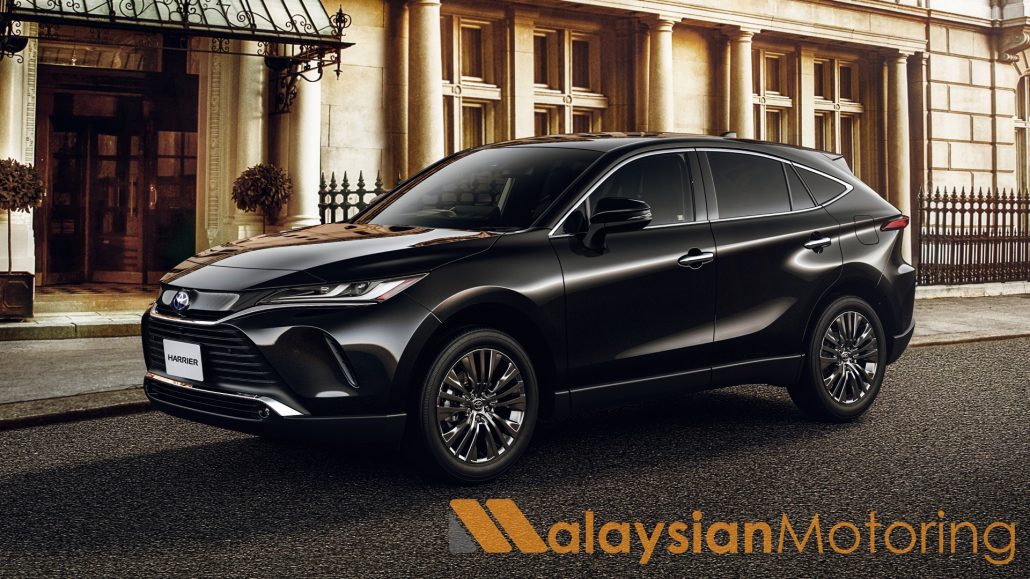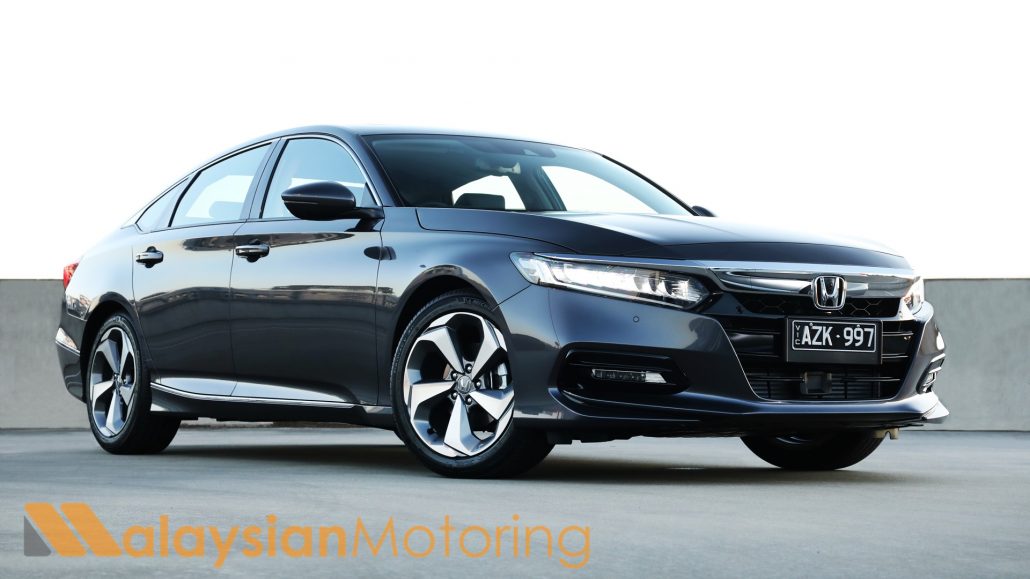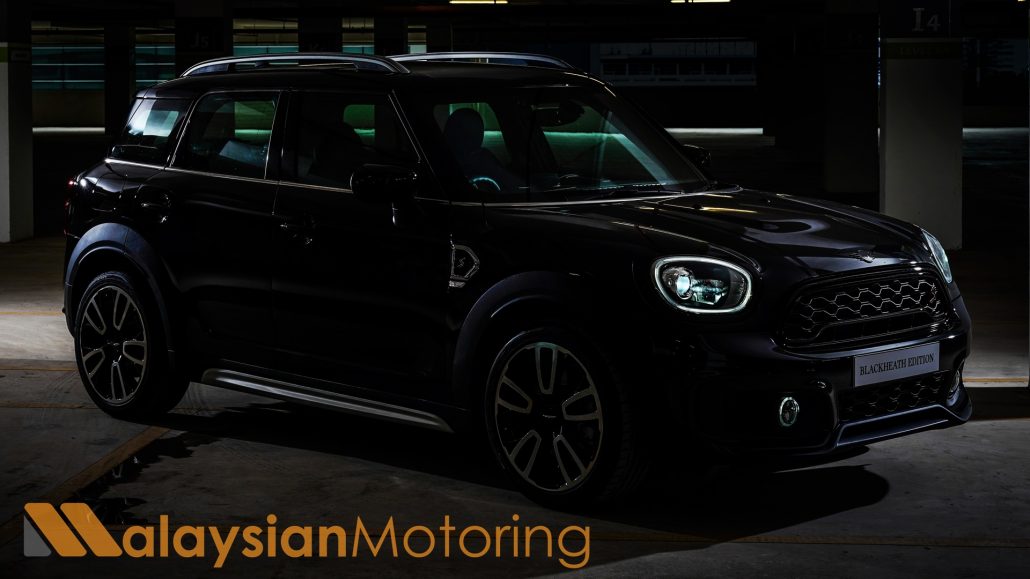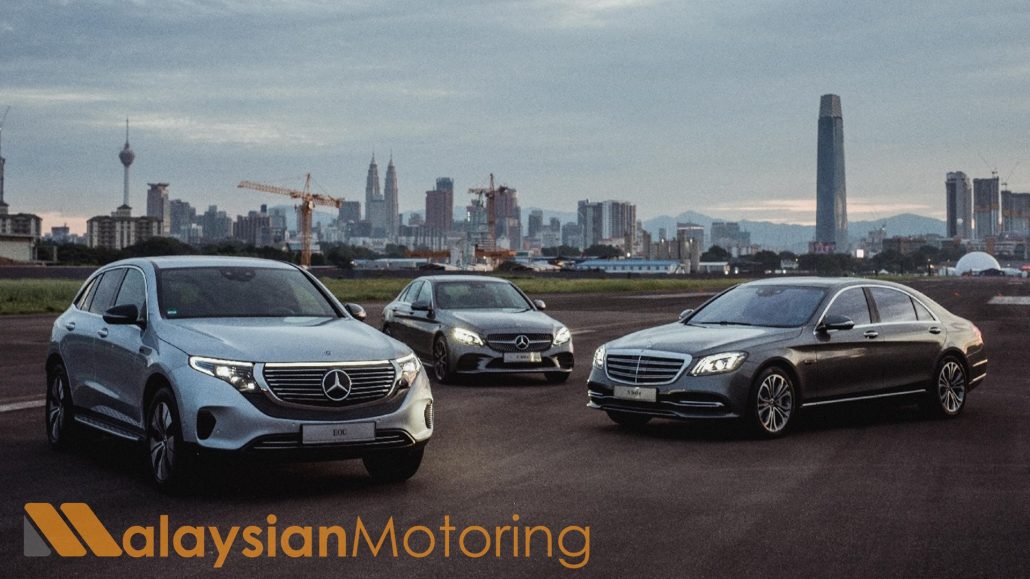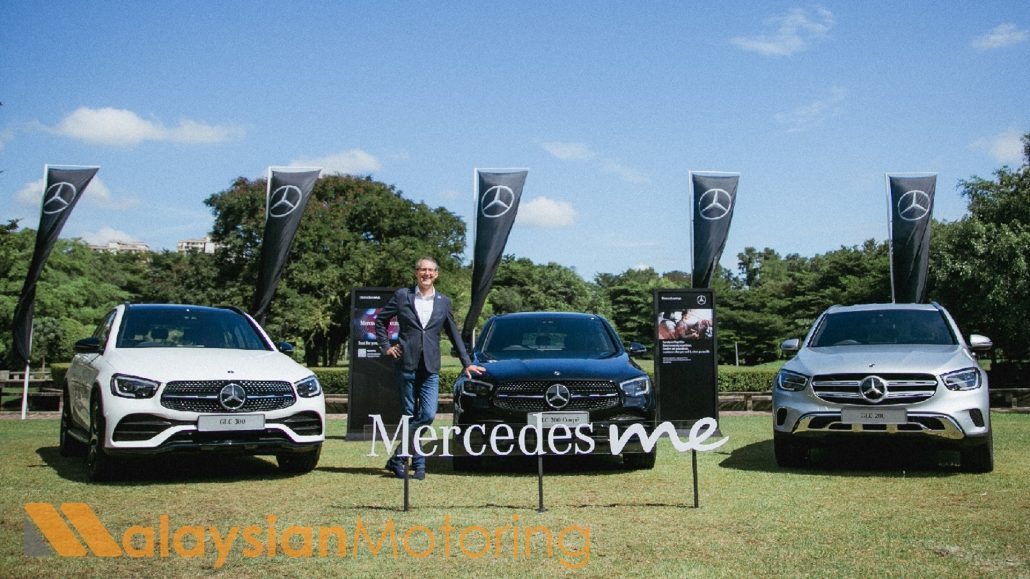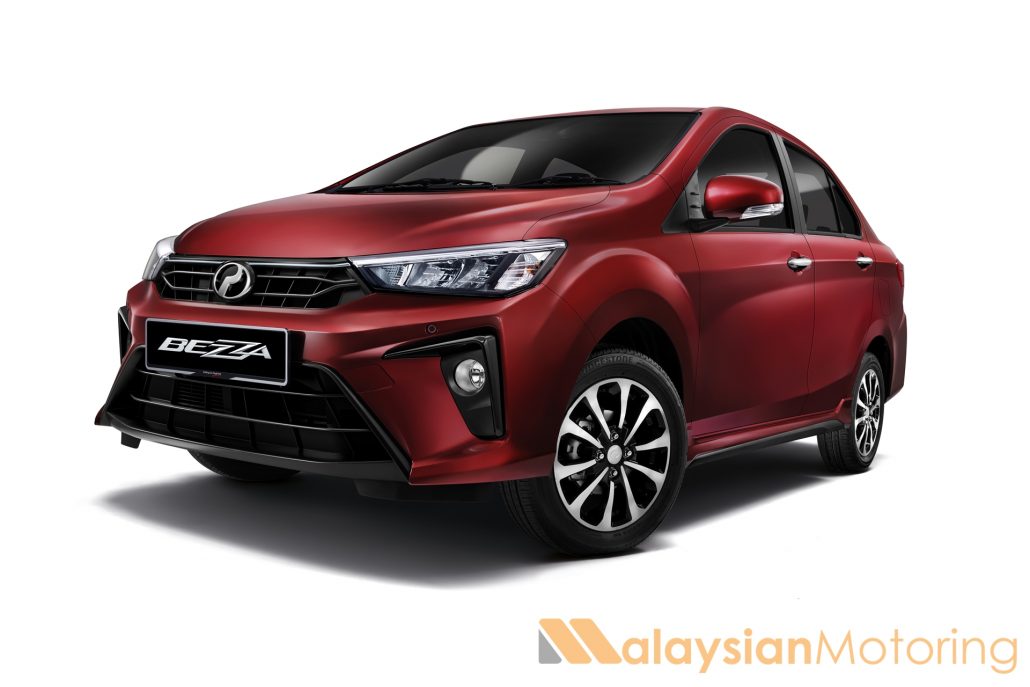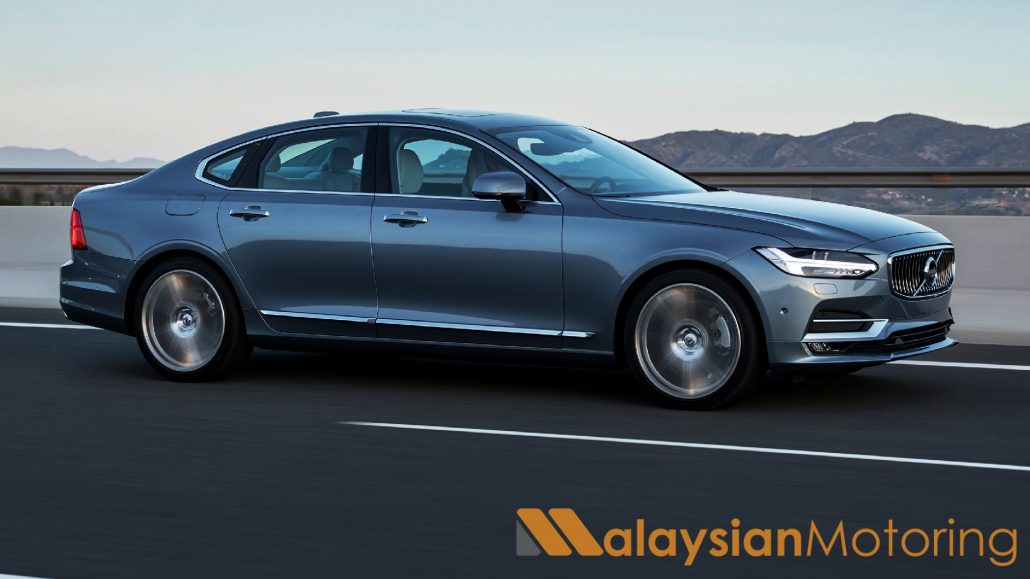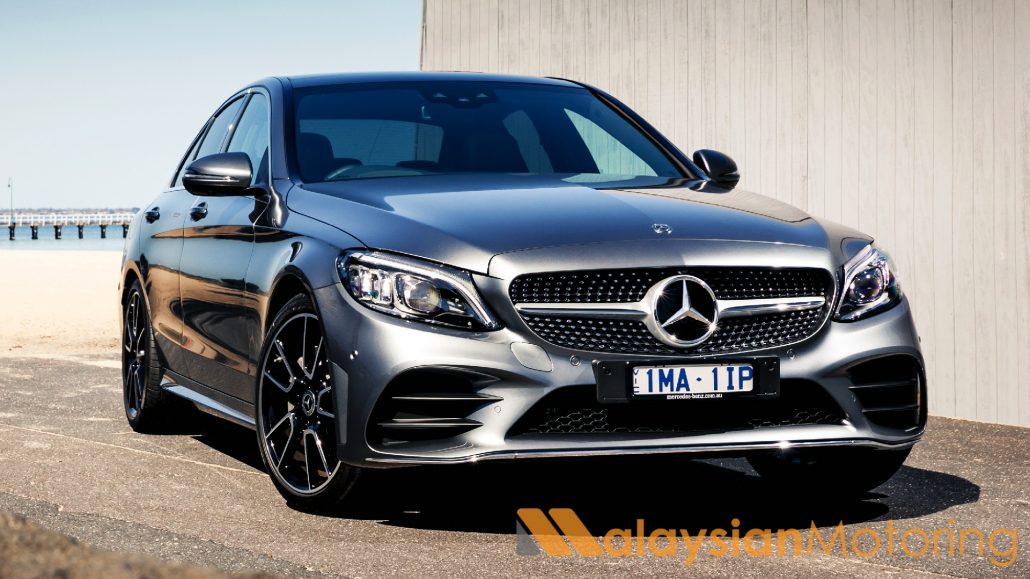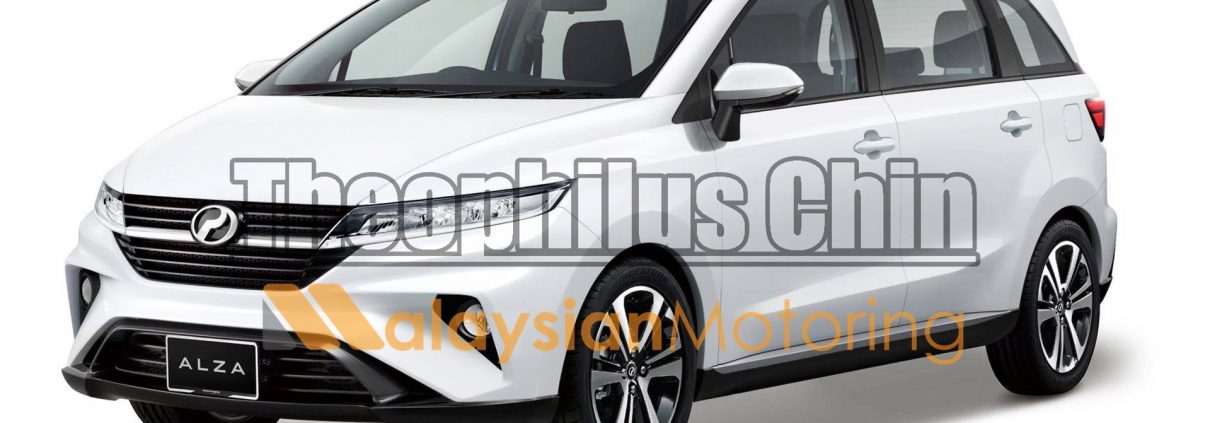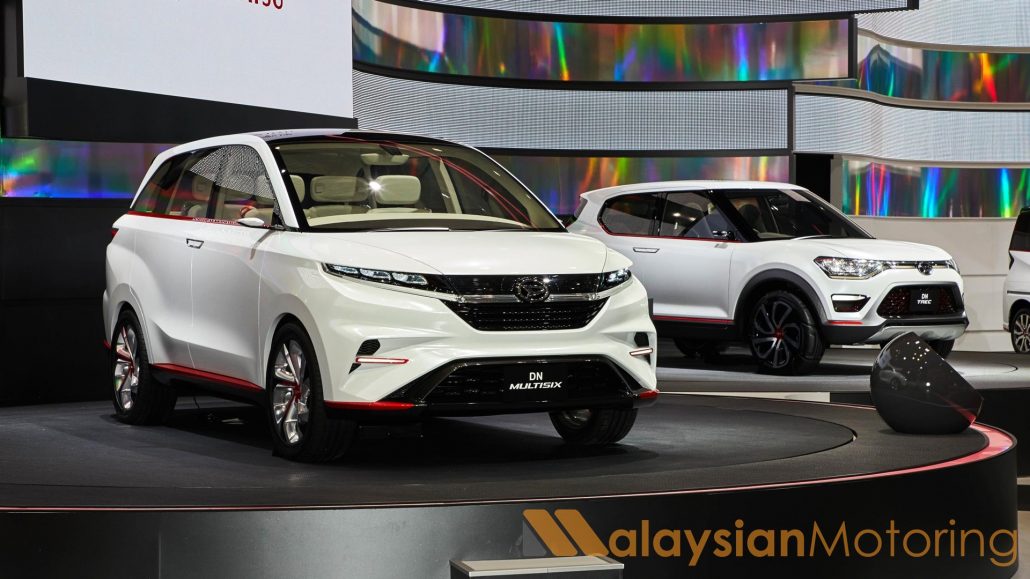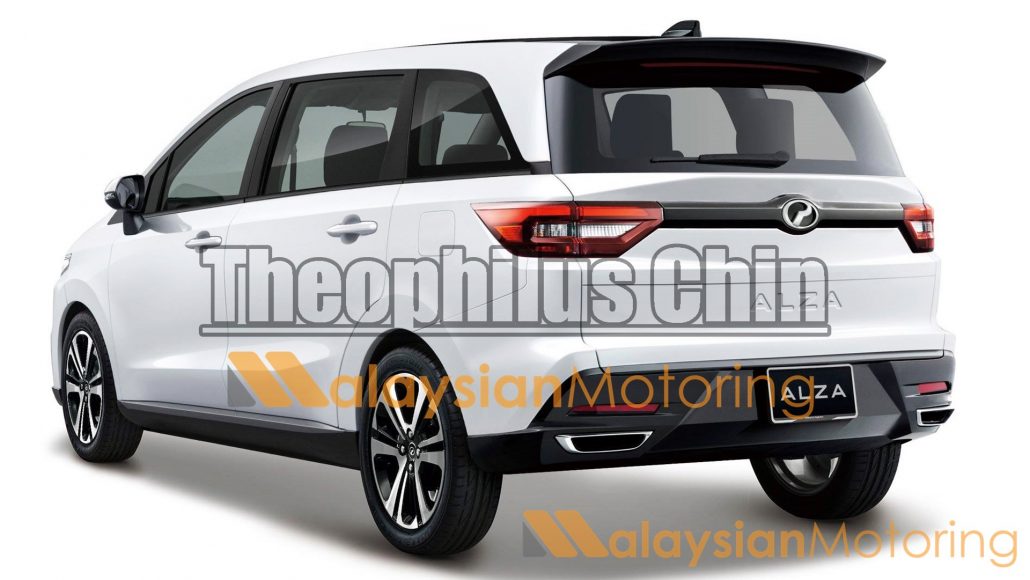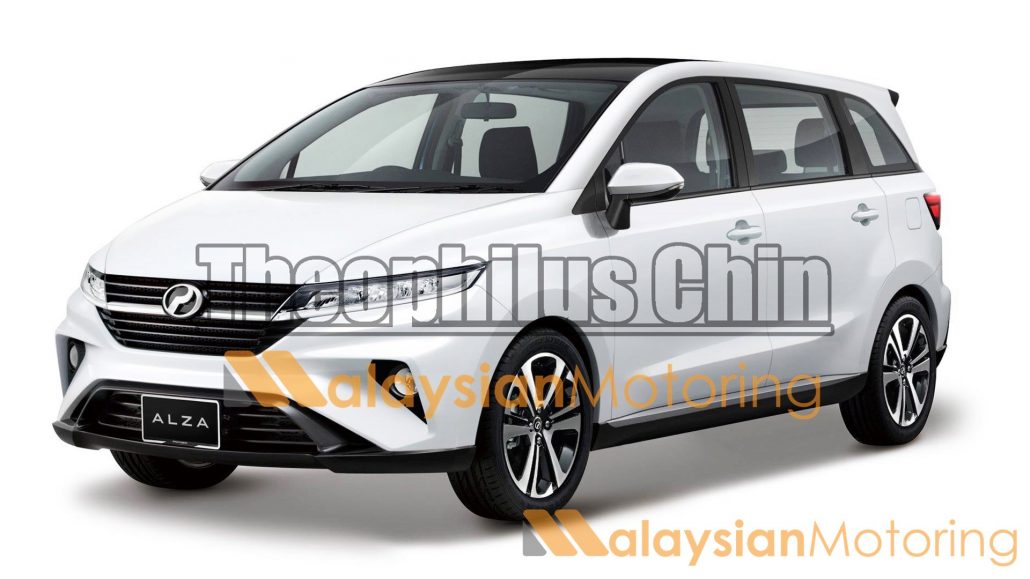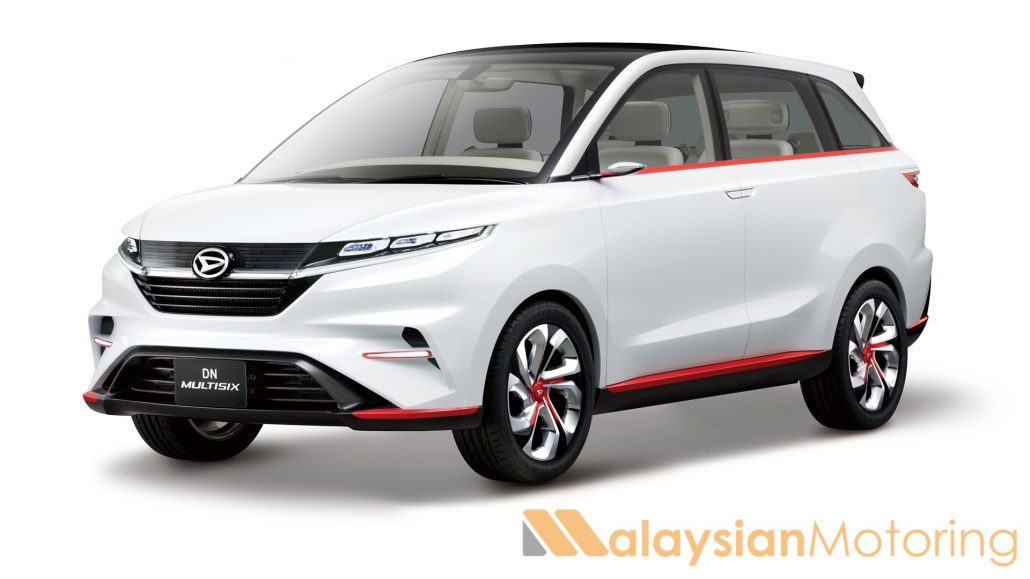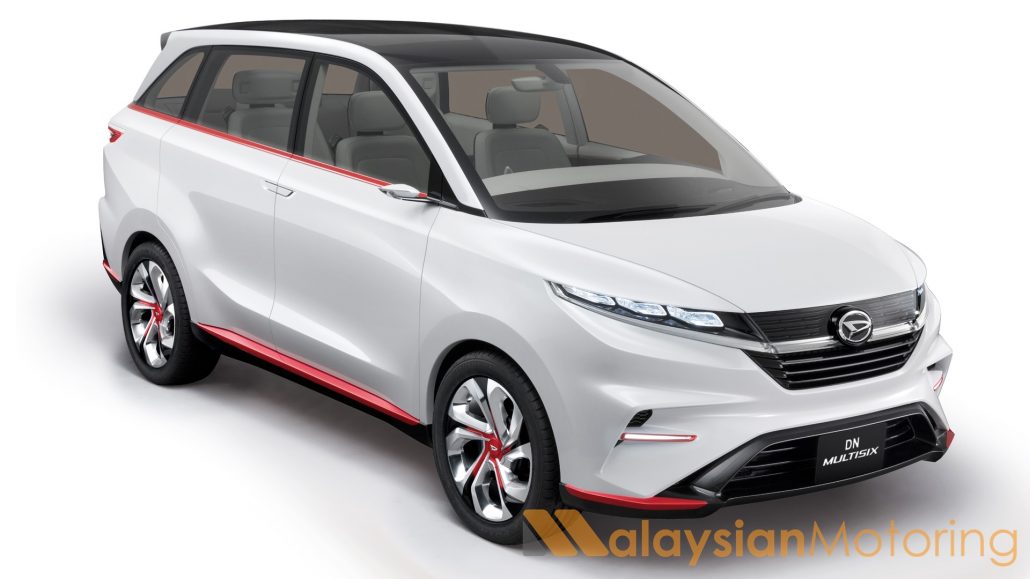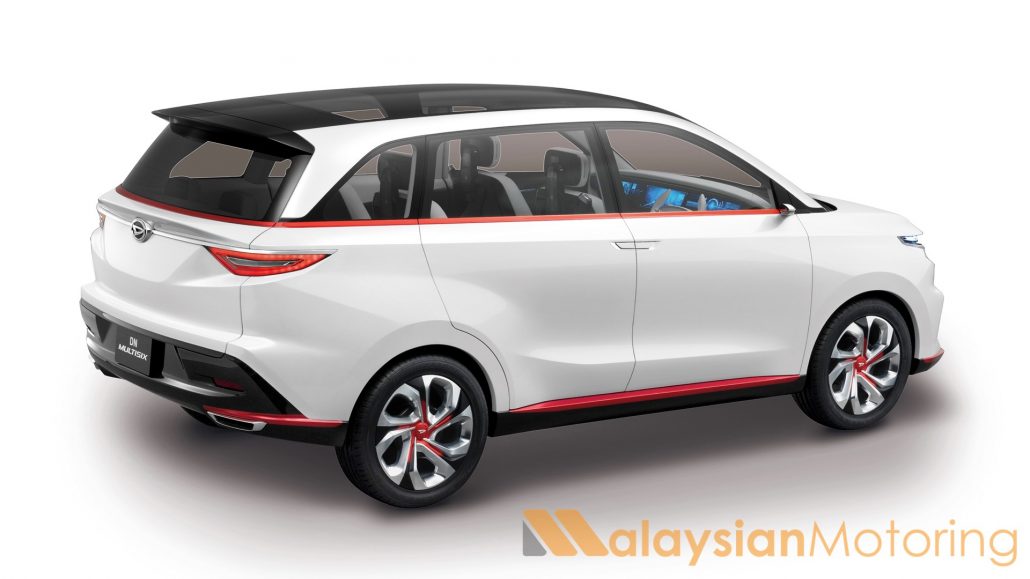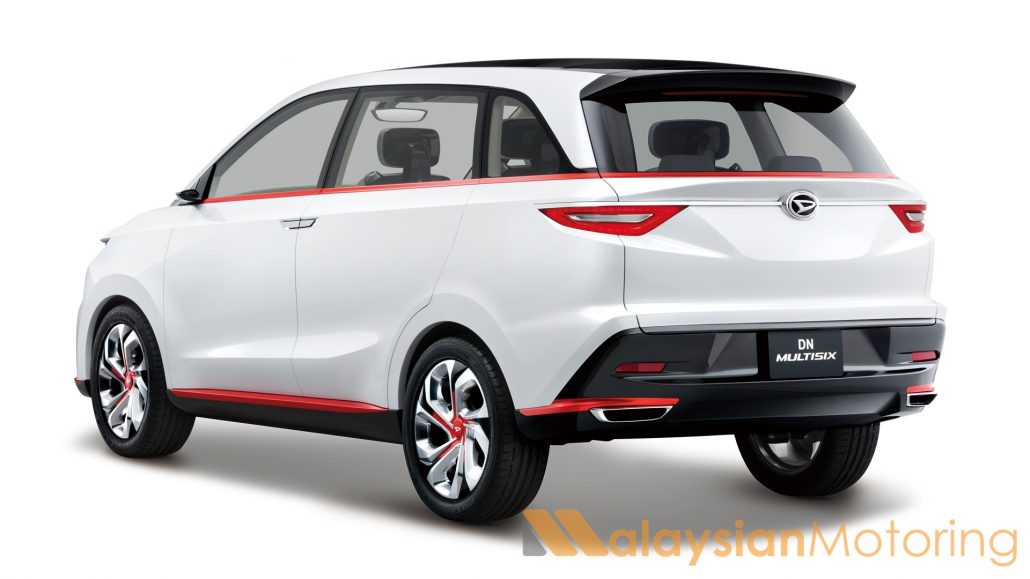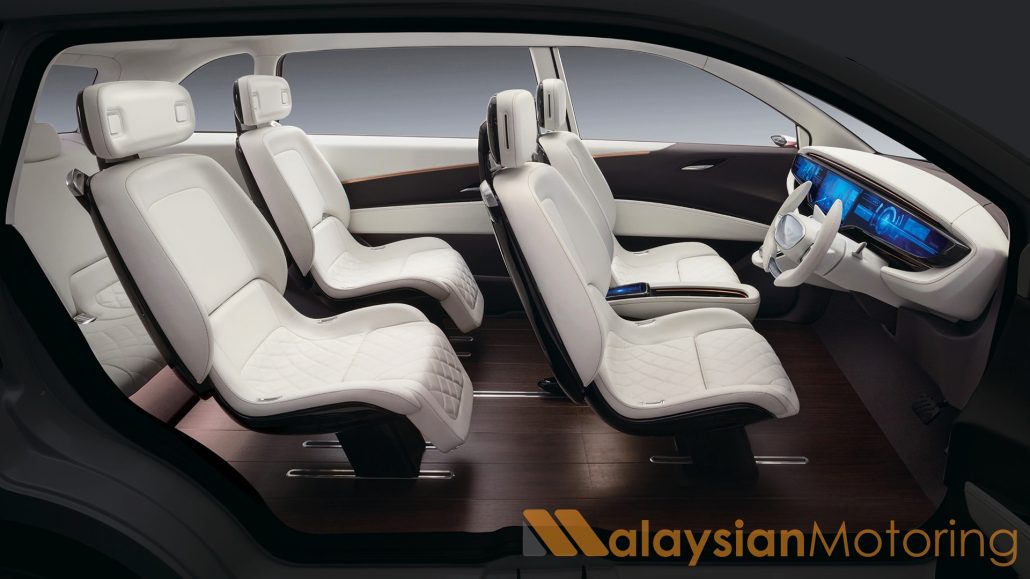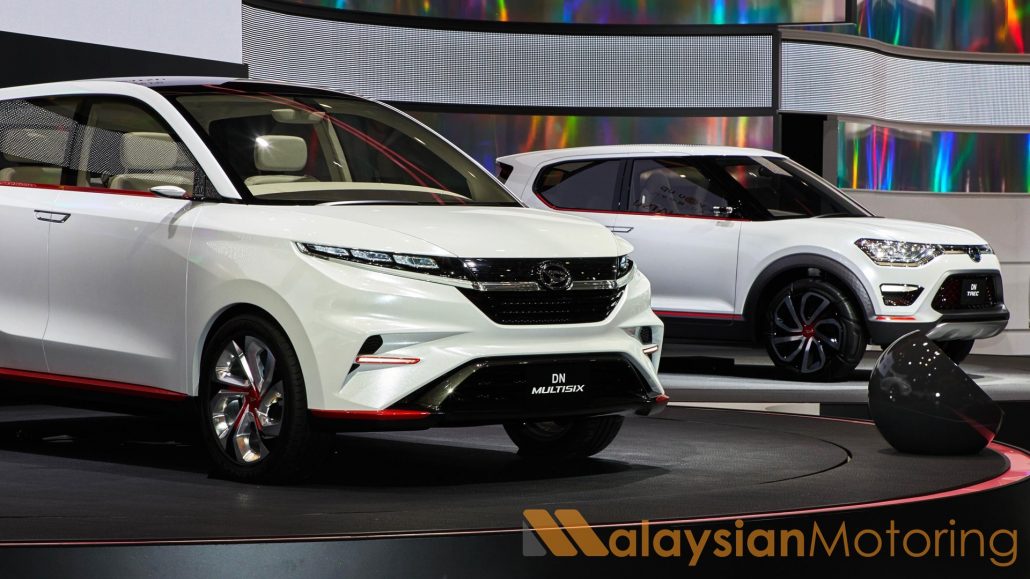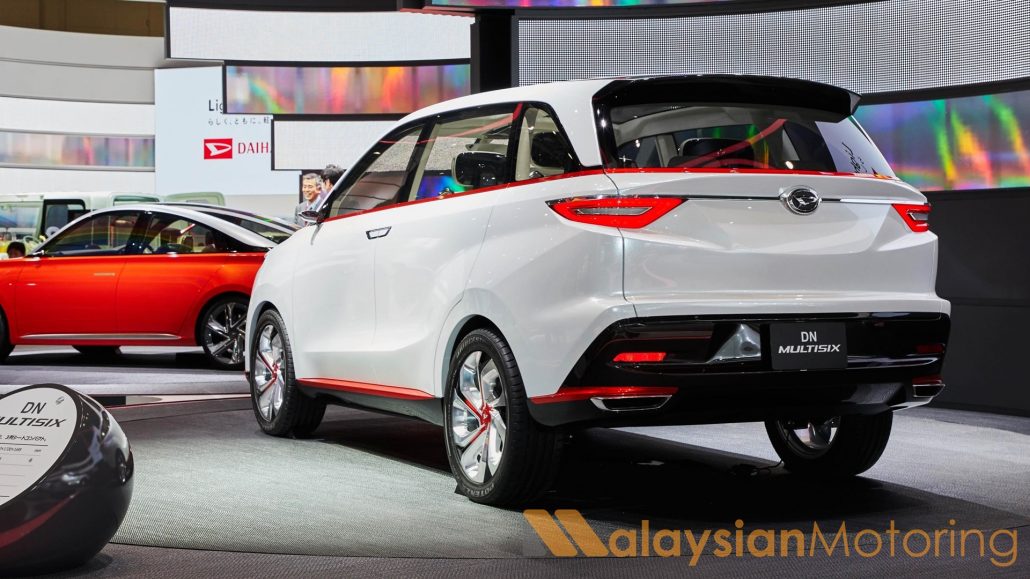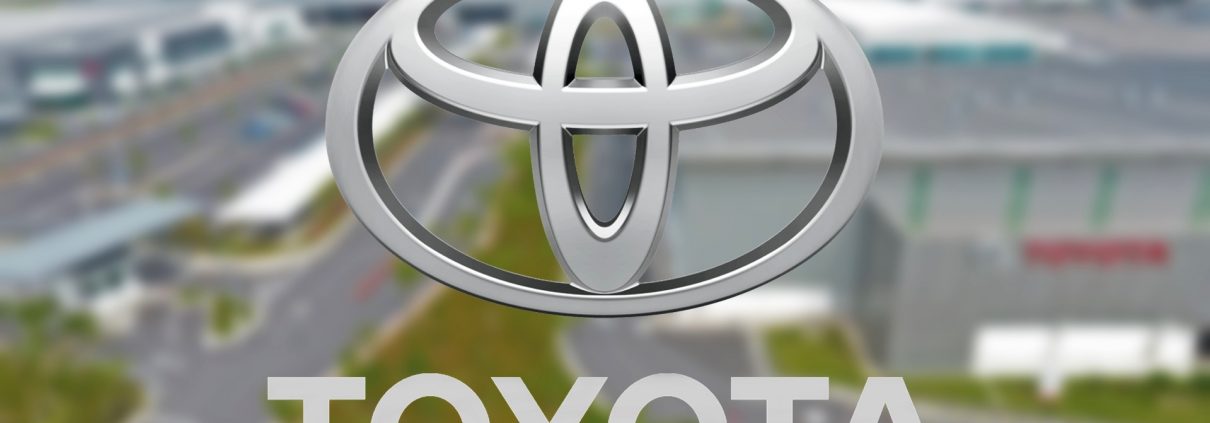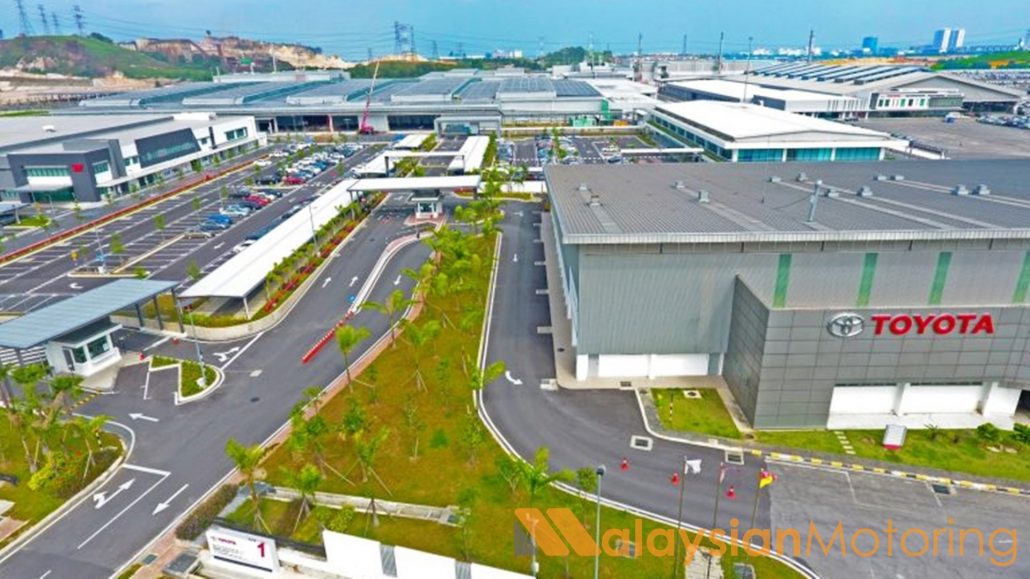BMW Unveils M8, M8 GranCoupe – 4.4-Litre V8, 600hp, 700Nm, From RM1.45mil
BMW Group Malaysia decided to usher in the weekend with a bang with the arrival of no less than four new M cars in a bespoke setting they called ‘The Secret Garage at M Town,’ modelled after the secret garage in the M Division headquarters in Munich, Germany.
The flagship introductions of the night were the M8 Coupe and the M8 GranCoupe, the two- and four-door performance flagships of the BMW lineup. The former marks the first-ever ‘official’ M8, with only one prototype of a proposed ‘BMW M8’ in existence locked deep in the BMW M garage. The M8 GranCoupe arrives as an accompaniment for those who want the style, agility and performance, but need a couple of extra back seats as not to completely disregard the practicality demands of daily life.

“At the BMW Group, M is the Most Powerful Letter in the World, as it represents the high-performance vehicles born out of pure passion for motorsports. This fascination for power, speed, and dynamics has put M on the map since 1972. Today, we are pleased to bring together superior aesthetics and unimaginable power via the first-ever BMW M8 Coupe and first-ever BMW M8 GranCoupe, right here in the Secret Garage and M Town.” — Harald Hoelzl, Managing Director, BMW Group Malaysia
The arrival of the M8 marks a whole new level of performance, as it benefits from the most powerful engine developed by BMW M. The M8 Gran Coupe makes use of the same engine too: A 4.4-litre TwinPower Turbo V8 producing no less than 600hp and 750Nm, with power going to all-four wheels via an 8-speed M Steptronic automatic paired to an M xDrive all-wheel drive system. The Coupe can dispatch the century sprint in just 3.3-seconds, while the GranCoupe is only a blink slower.
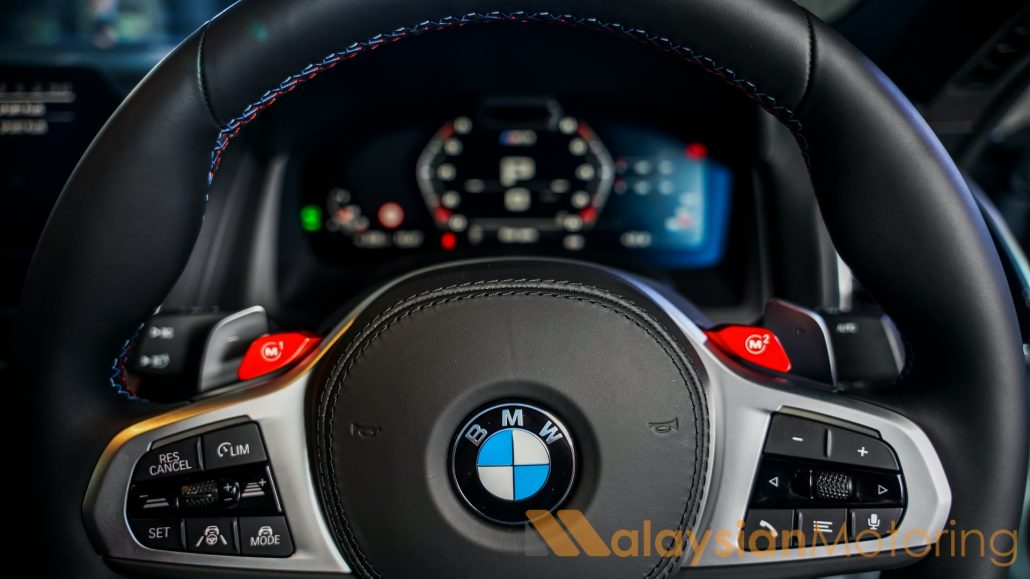
Drivers of the M8 Coupe and M8 GranCoupe can choose between three different drive modes depending on the mood: There’s ‘Efficient,’ ‘Sport,’ and ‘Sport Plus’ to choose from, which are all pretty self-explanatory. Each mode changes the V8’s response to the pedal, and alters the sound of the flap-controlled exhaust system. There are also paddles behind the steering wheel too, to induce even more aural histrionics (or, you know, for greater control over the performance).
The M xDrive system is worth mentioning too, because it’s no rudimentary all-wheel drive system. It splits torque between the axles depending on the driving conditions and chosen settings, but it is rear-biased by default. The 4WD Sport mode will channel more power toward the rear, while the 2WD mode keeps the power on the rear wheels alone. The 2WD mode can only be activated with the stability control off, to ensure maximum engagement for drivers intent on raising their blood pressure.
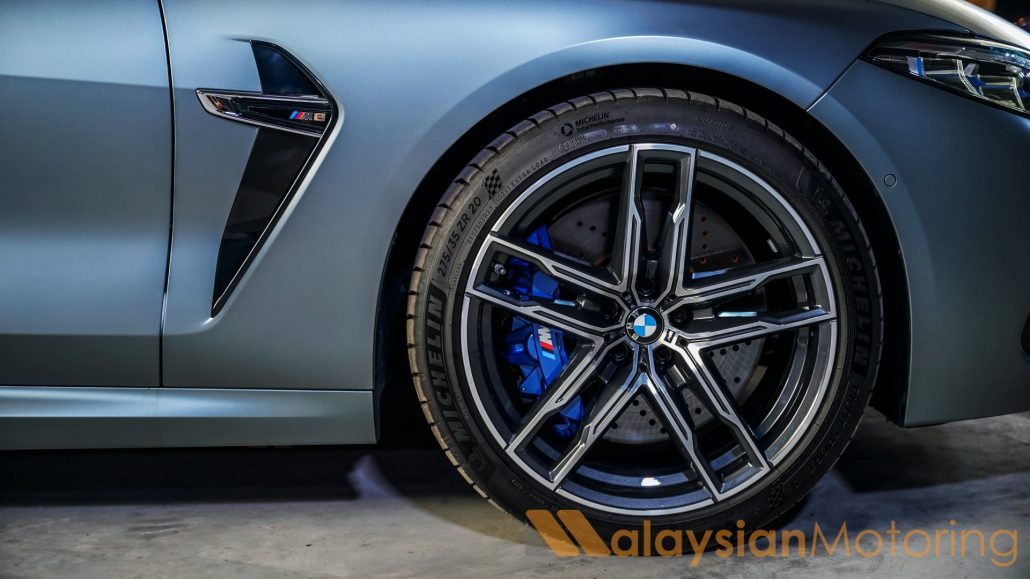
Both cars also feature adaptive dampers and a double-wishbone front suspension, while the rear features a 5-point multilink setup. Both the Coupe and GranCoupe come with M Compound brakes with blue brake callipers, along with the M-exclusive integrated brake system (which bundles brake activation, brake boosting, and braking control all in one).
Compared to the cooking BMW 850i M-Sport (which has the same 4.4-litre V8 by the way), the M8 and M8 GranCoupe feature unique flourishes like twin-spar door mirrors, a carbon-fibre roof, flared front wheel arches with M vents (with ‘M8’ on them), an M8 rear diffuser replete with a unique twin-twin exhaust pipes with chrome finishers. The car also rides on 20-inch twin-colour alloys with staggered widths.




The interior of the M8 & M8 GranCoupe (we paraphrase but it’s described as the ‘confluence of luxury and performance’) comes with full Merino leather upholstery, M Sports seats with illuminated M8 logos in the headrests, replete with letter on the dashboard and door cards. There’s also a unique gear-lever and a red starter button (because it’s a performance car, obviously). You’ll also find the BMW Live Cockpit Professional system front and centre, with a 12.3-inch digital instrument cluster ahead of the driver, accompanied by a high-resolution 10.25-inch touchscreen display in the centre, as well as a full-colour heads-up display projected onto the windscreen.
You’ll also find soft-closing doors on both M8s as well as an electric tailgate, while you can also get the car with a Digital Key if you have a supported smartphone from Samsung.
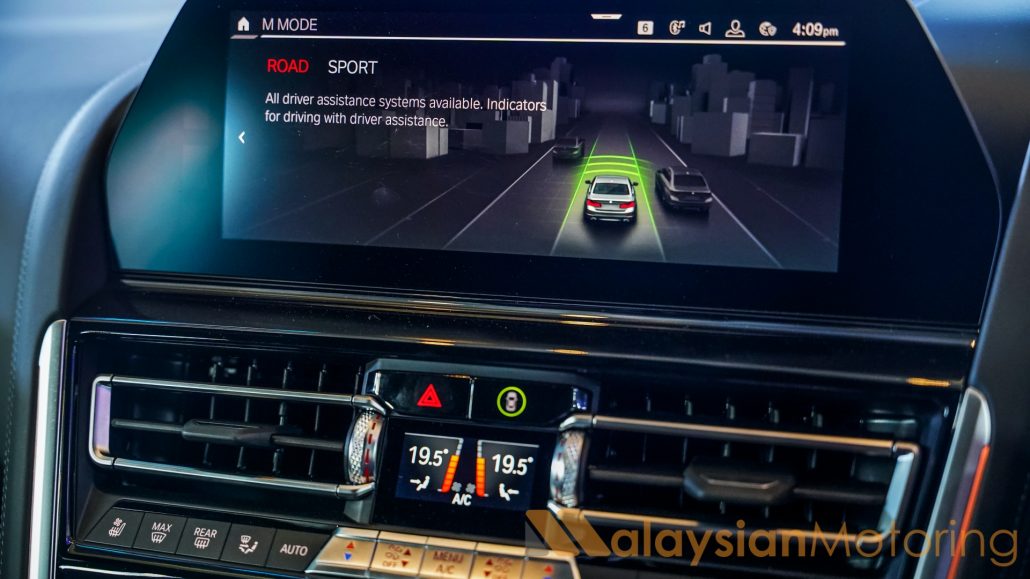
The BMW M8 and M8 GranCoupe also offer quite a bit in the way of active safety: Both cars are equipped as standard with the BMW Personal CoPilot system which bundles in Driving Assistant Professional & Parking Assistant Plus, offering lane-keep assist, side-collision protection, lane-charge warning, cross-traffic alert, reversing assistant, and other little helpful features.
The BMW M8 Coupe and BMW M8 GranCoupe are officially available in Malaysia priced from RM1,452,960 and RM1,455,145 respectively, both on-the-road without insurance and with an SST exemption (50% reduction, as these cars are both fully-imported). For the money you also get a 5-year/unlimited mileage warranty, as well as free service throughout the same period.
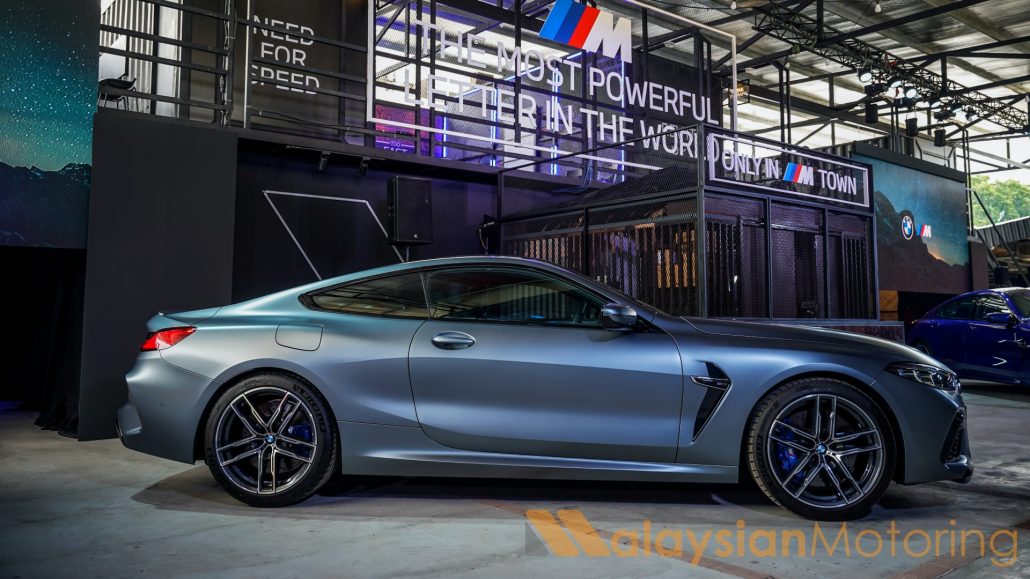
Befitting a flagship, the new M8 and M8 GranCoupe can be had in as many as 7-colours, while the BMW Individual suite of customisation options also remains open for engagement and a sense of individuality.
If neither of these cars really tickle your fancy, owing to their nature as slinky-roofed style-focused machines, perhaps the BMW X3M Competition and X4M Competition might be more your speed. Launched on the same day, the two new compact M ‘Sports Activity Vehicles; may be more your speed.
But be sure to check out @MsianMotoring for more updates as they come.
GALLERY: BMW M8 COUPE & BMW M8 GRANCOUPE MAKE DEBUT AT M TOWN
GALLERY: 2020 BMW M8 COUPE
GALLERY: 2020 BMW M8 GRAN COUPE


